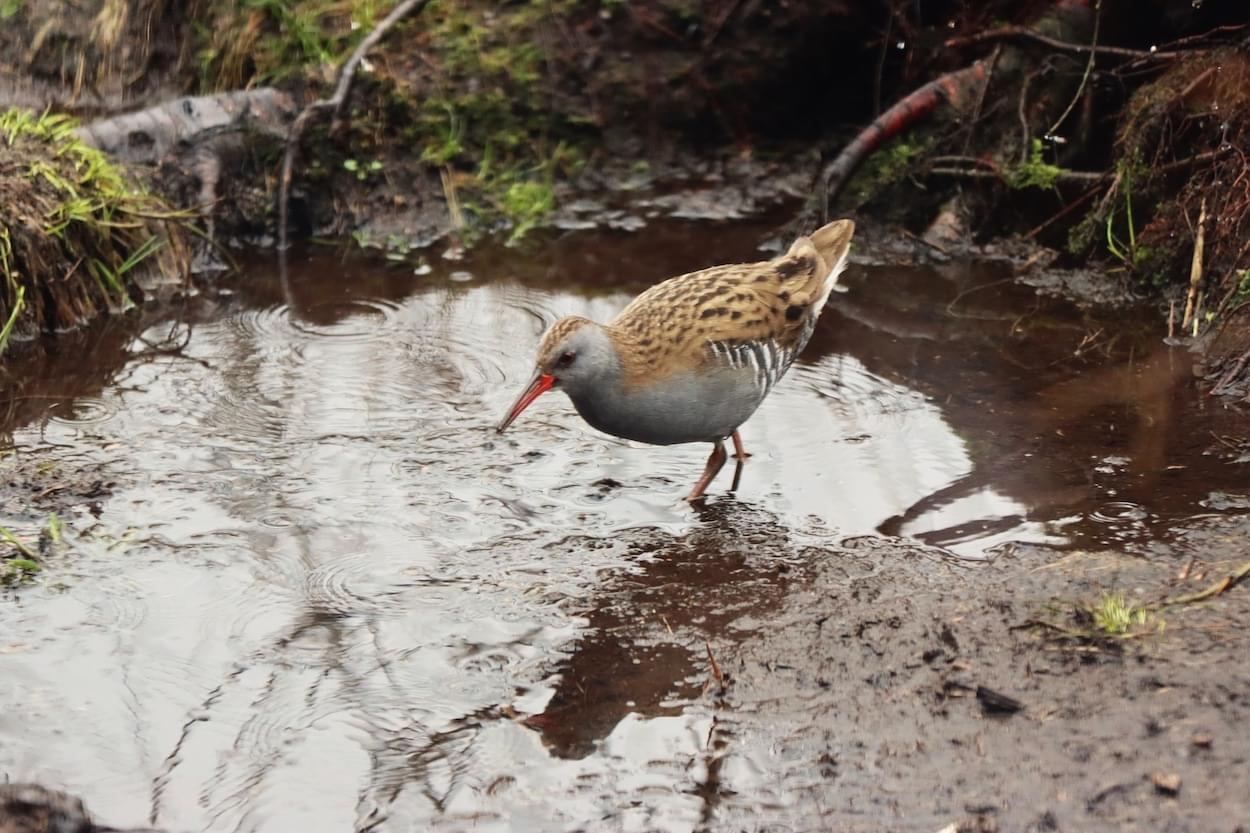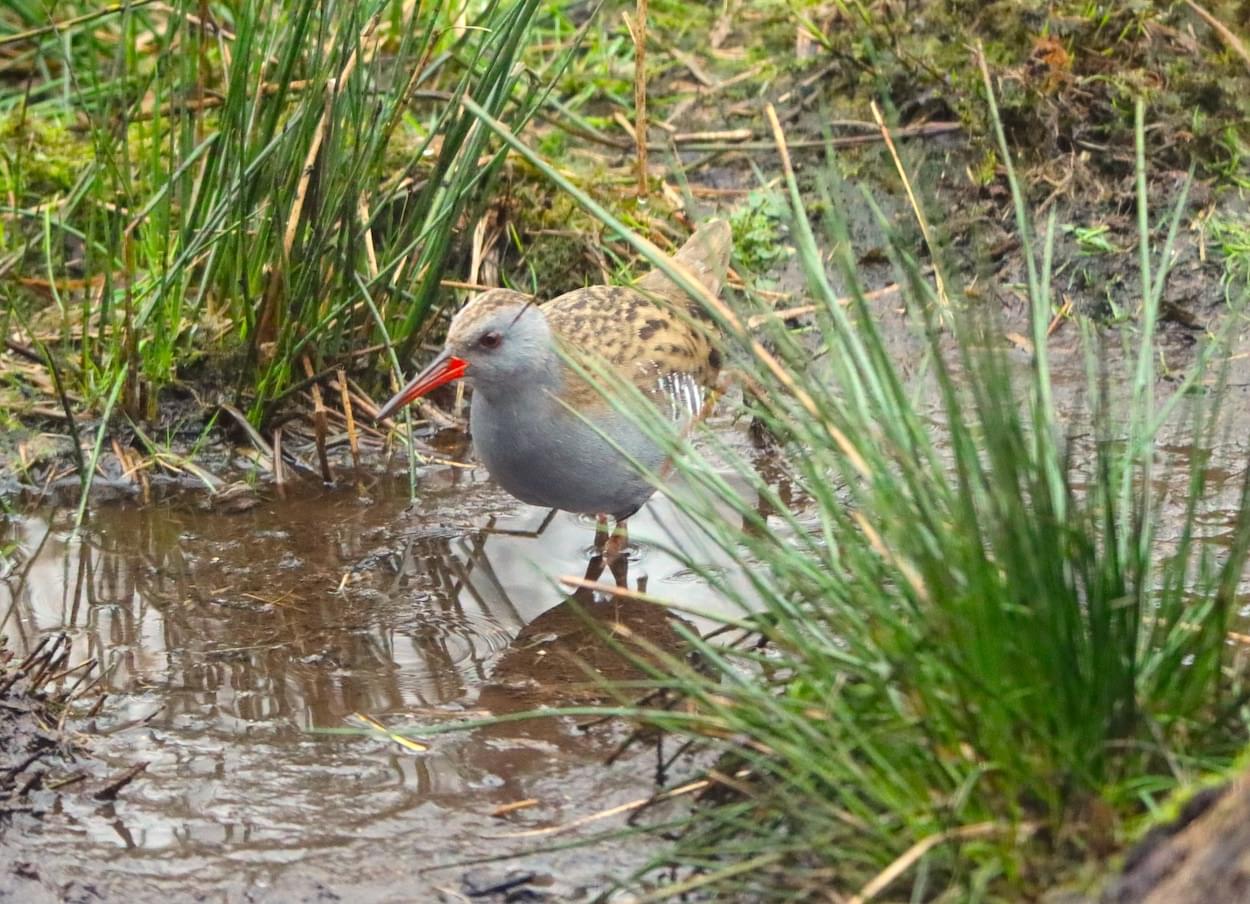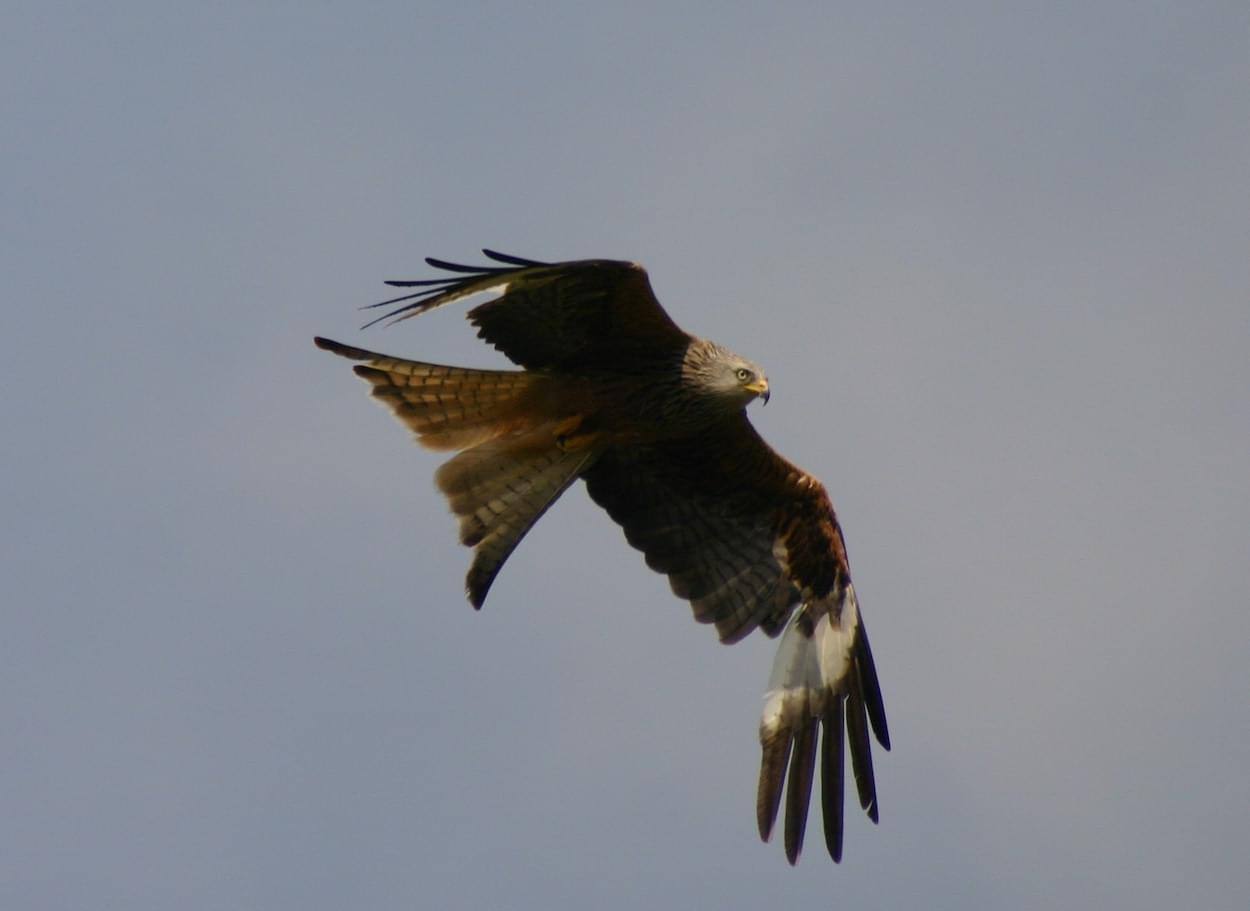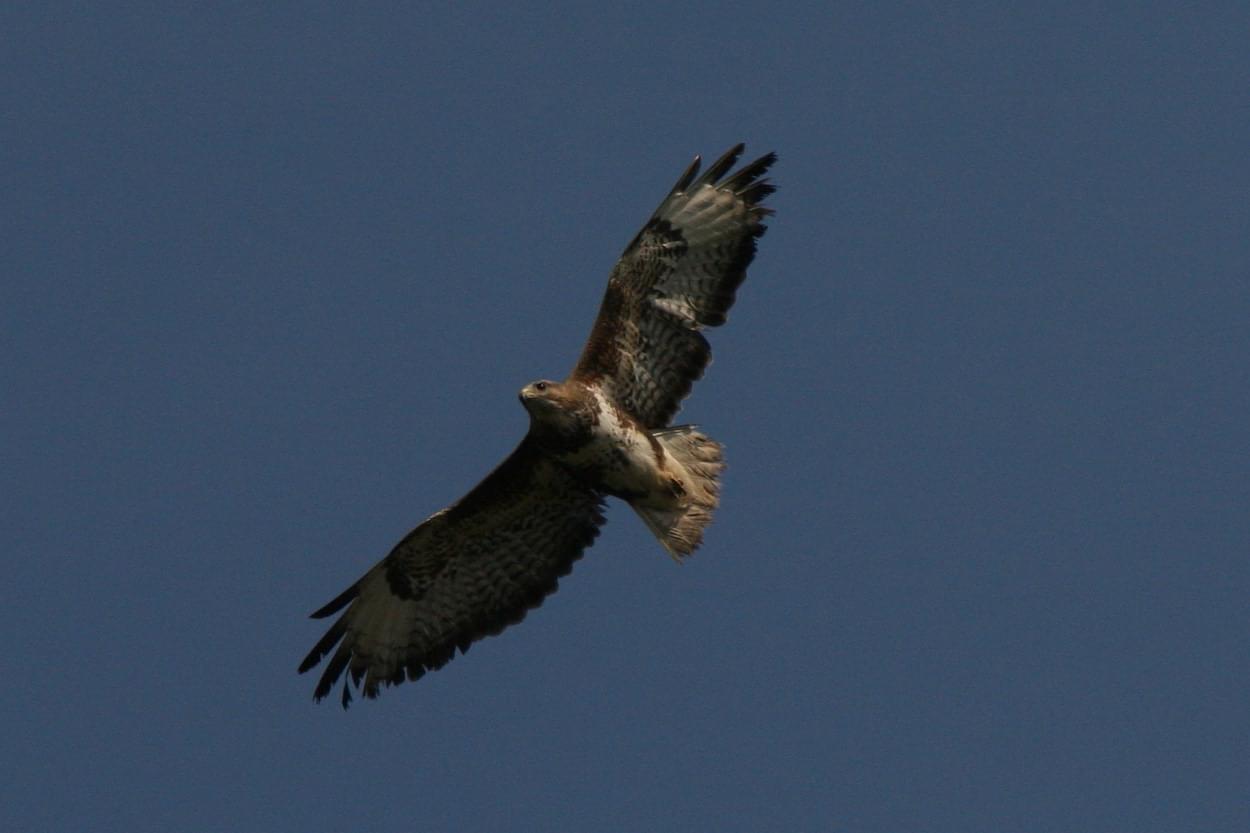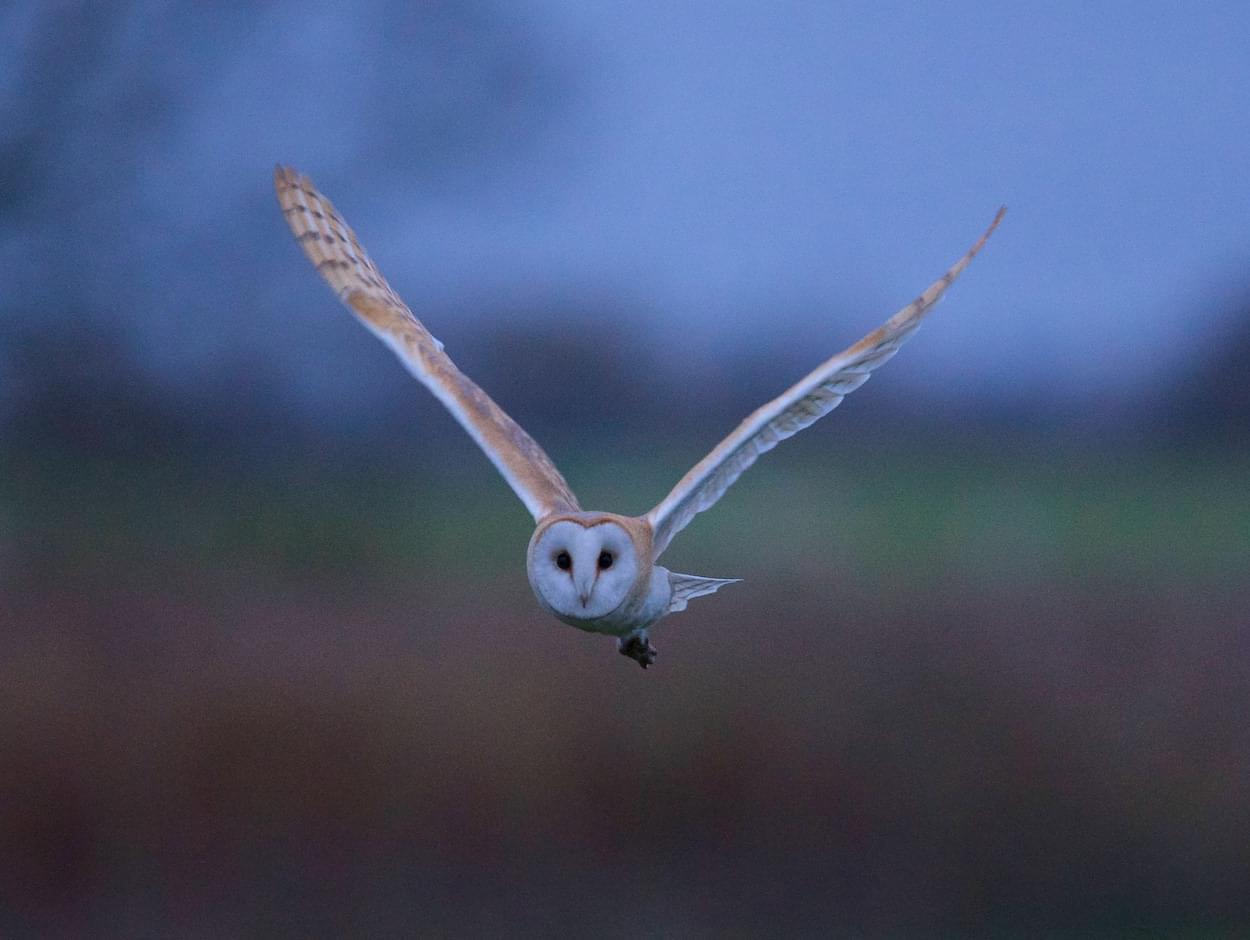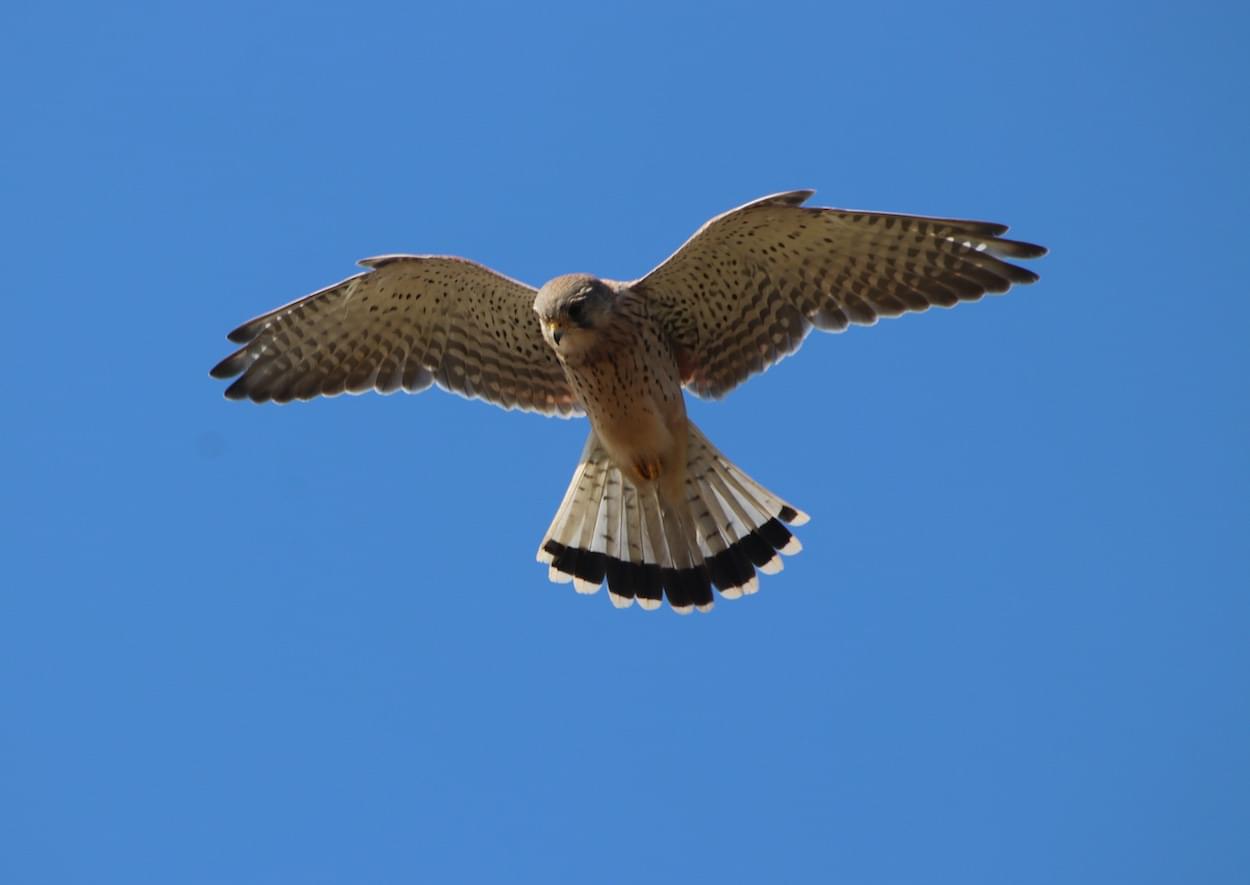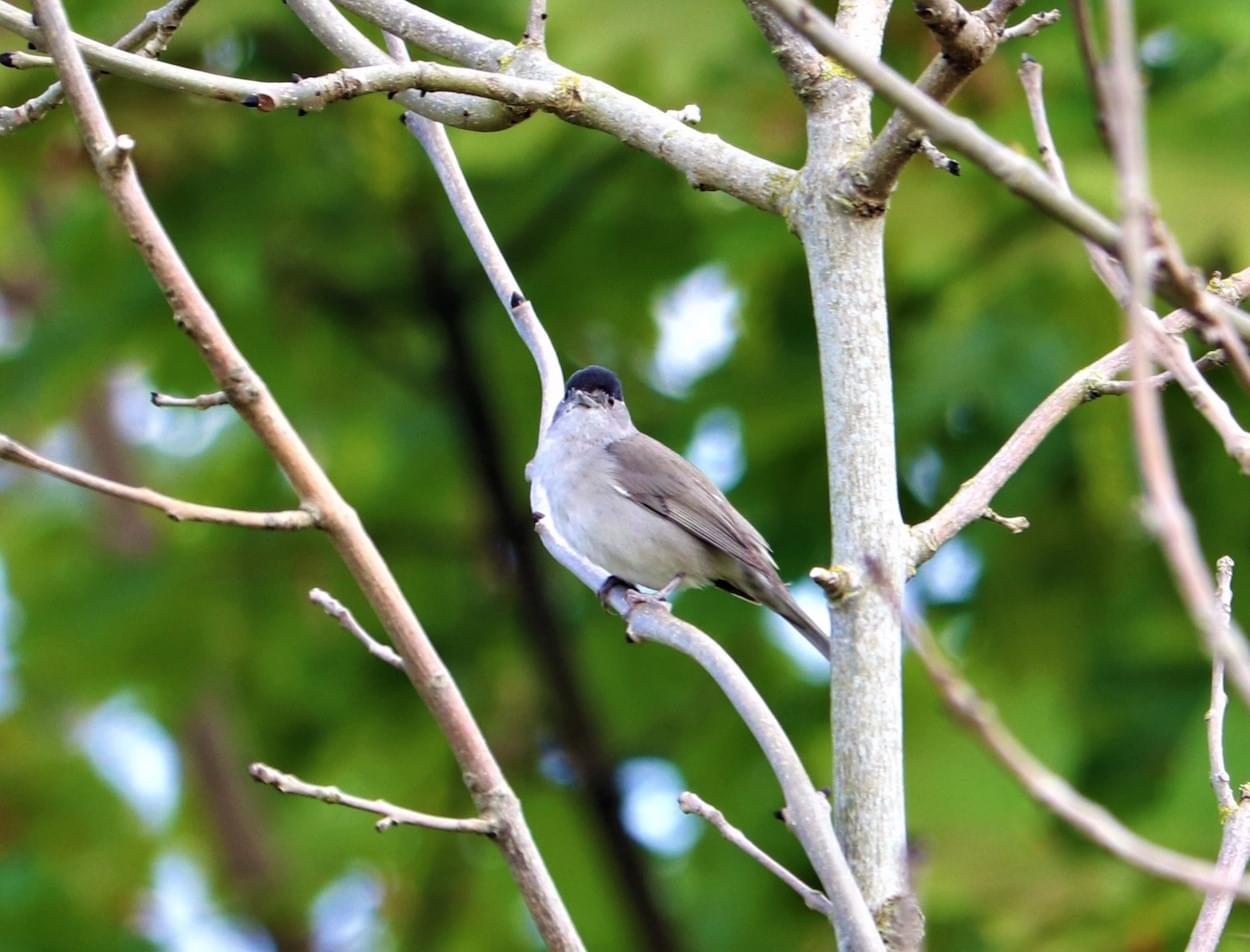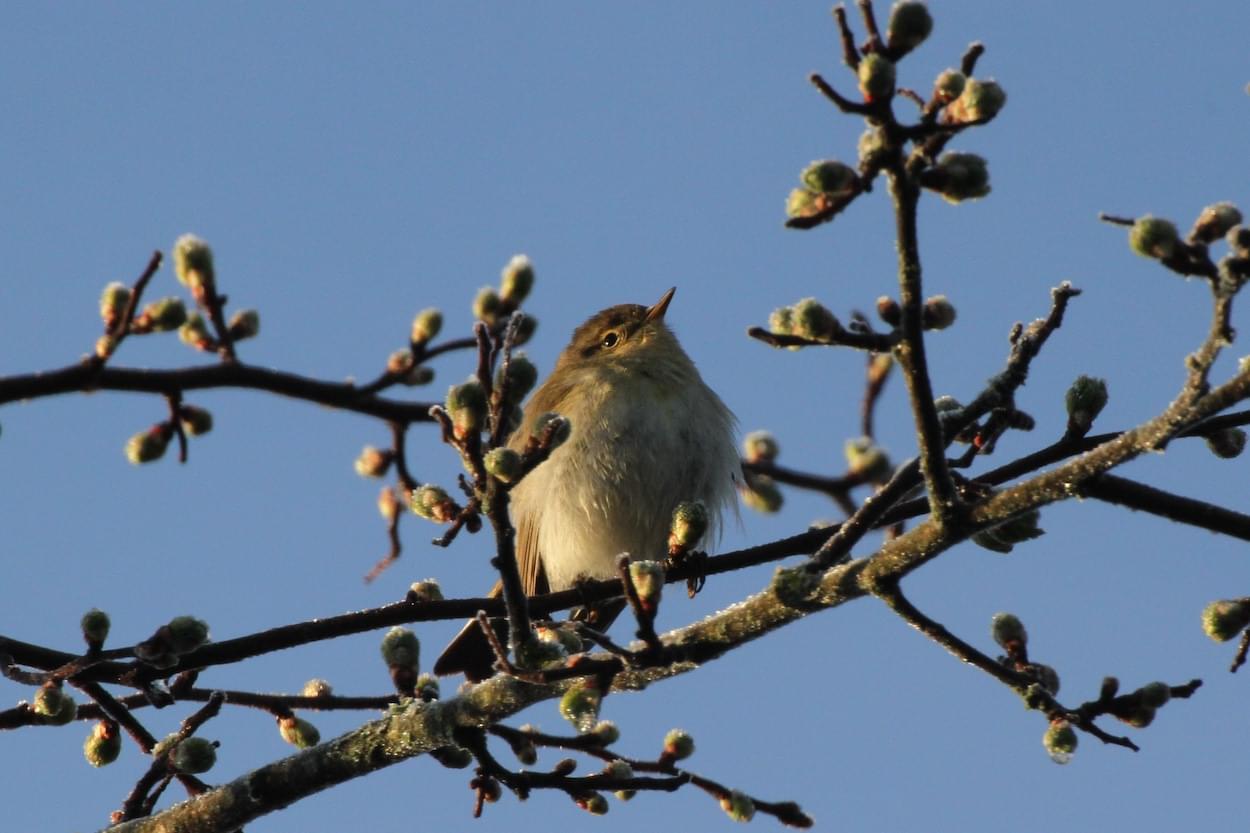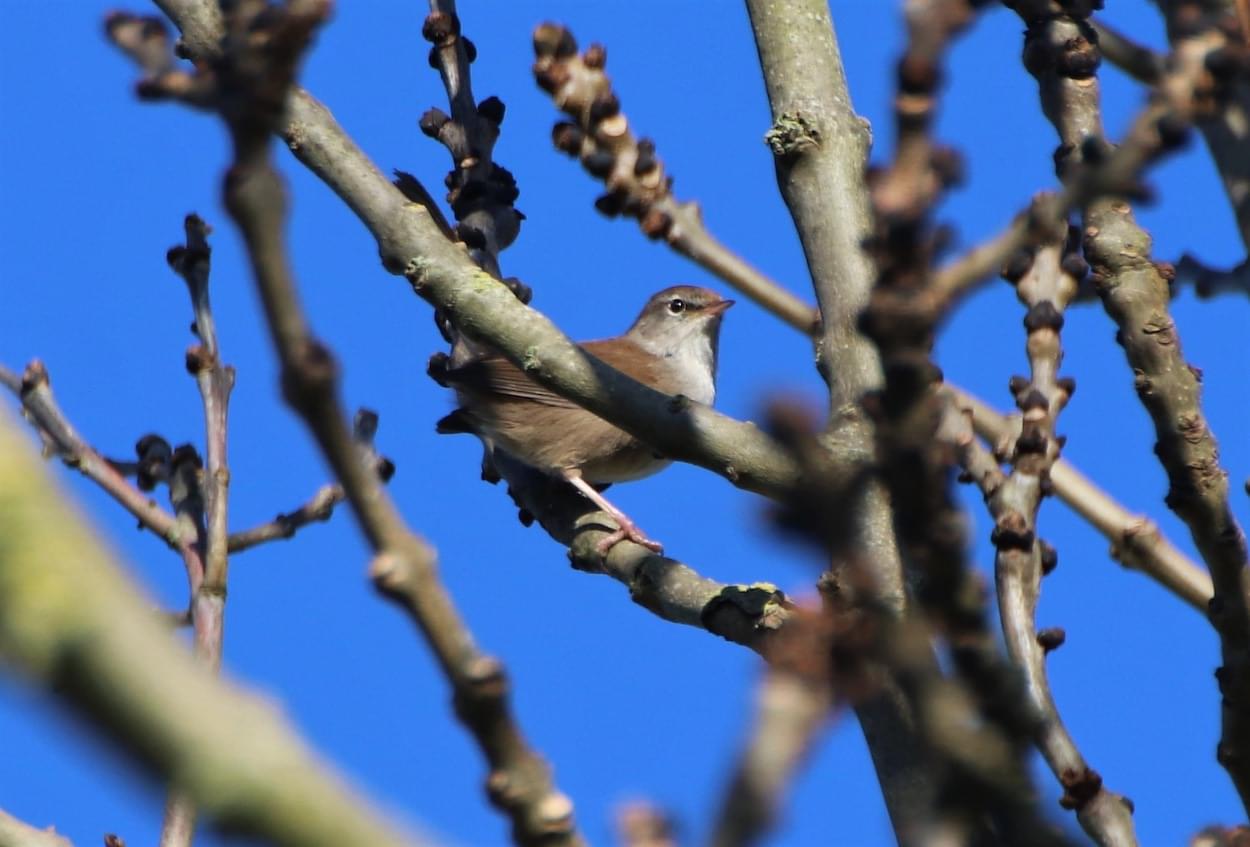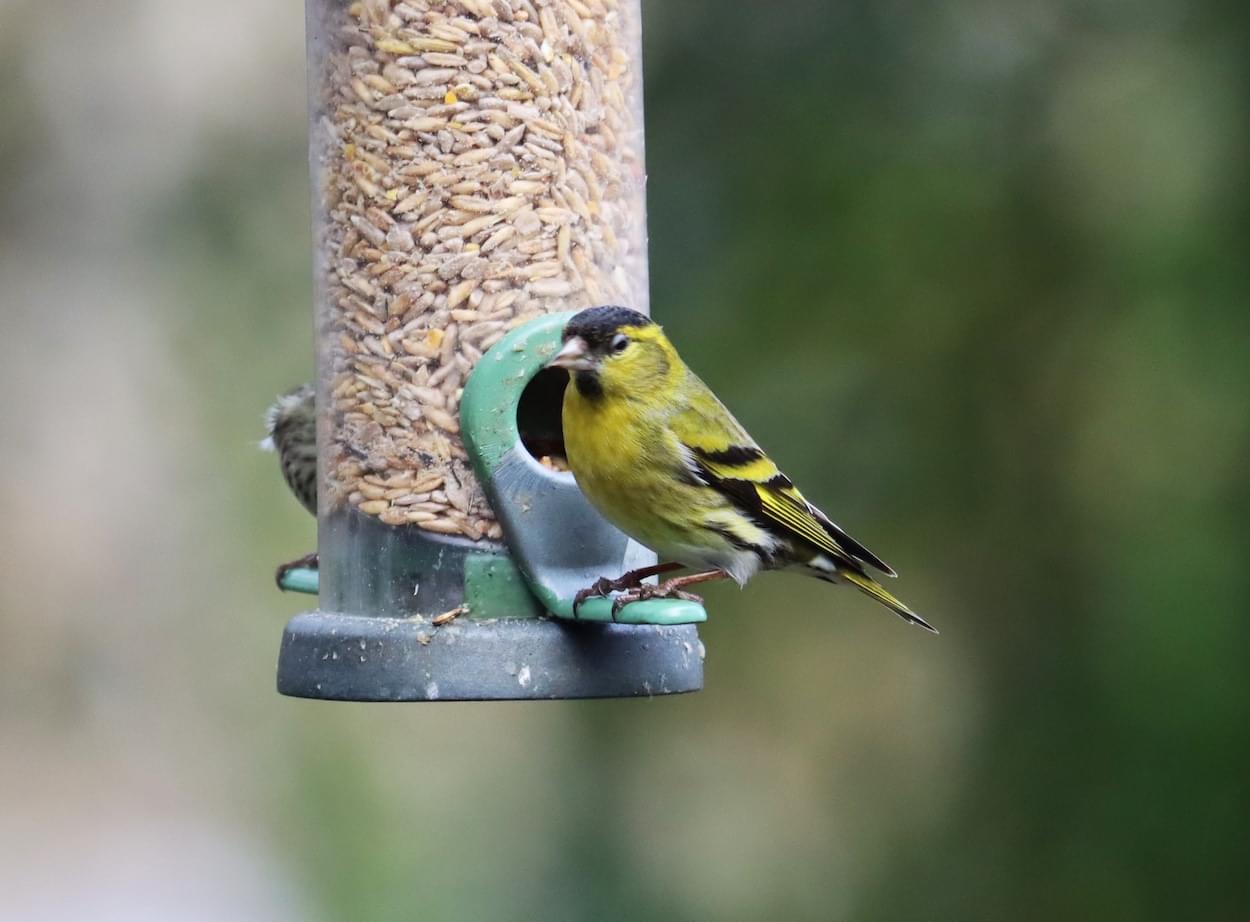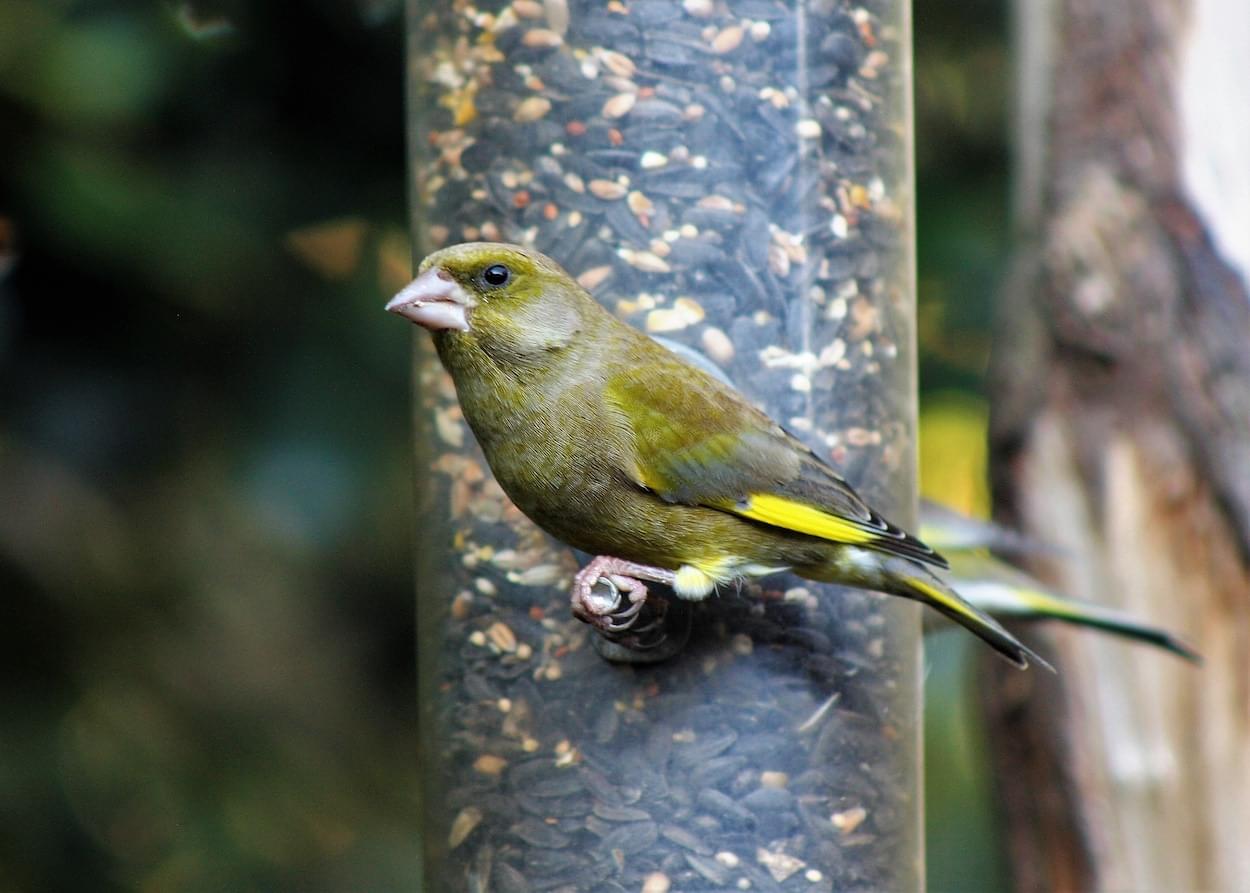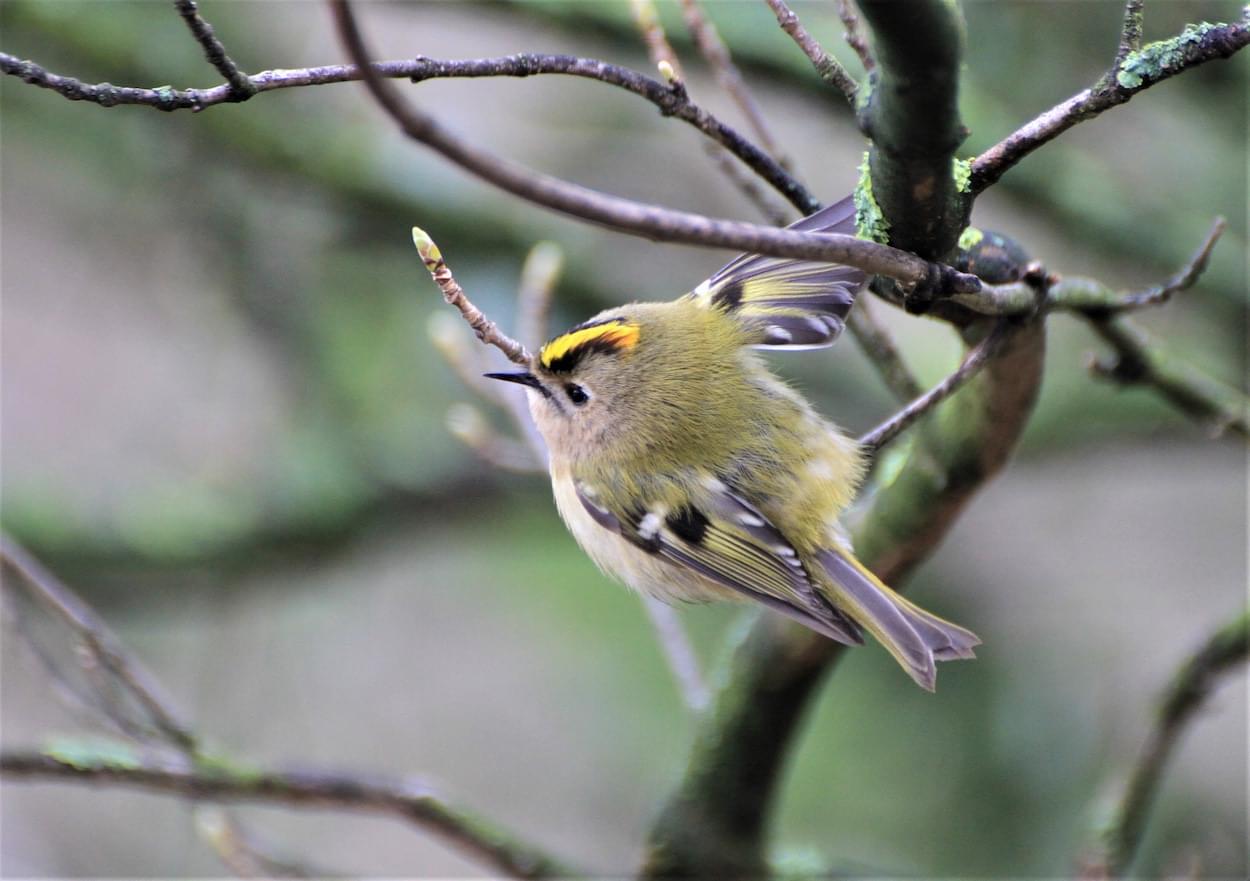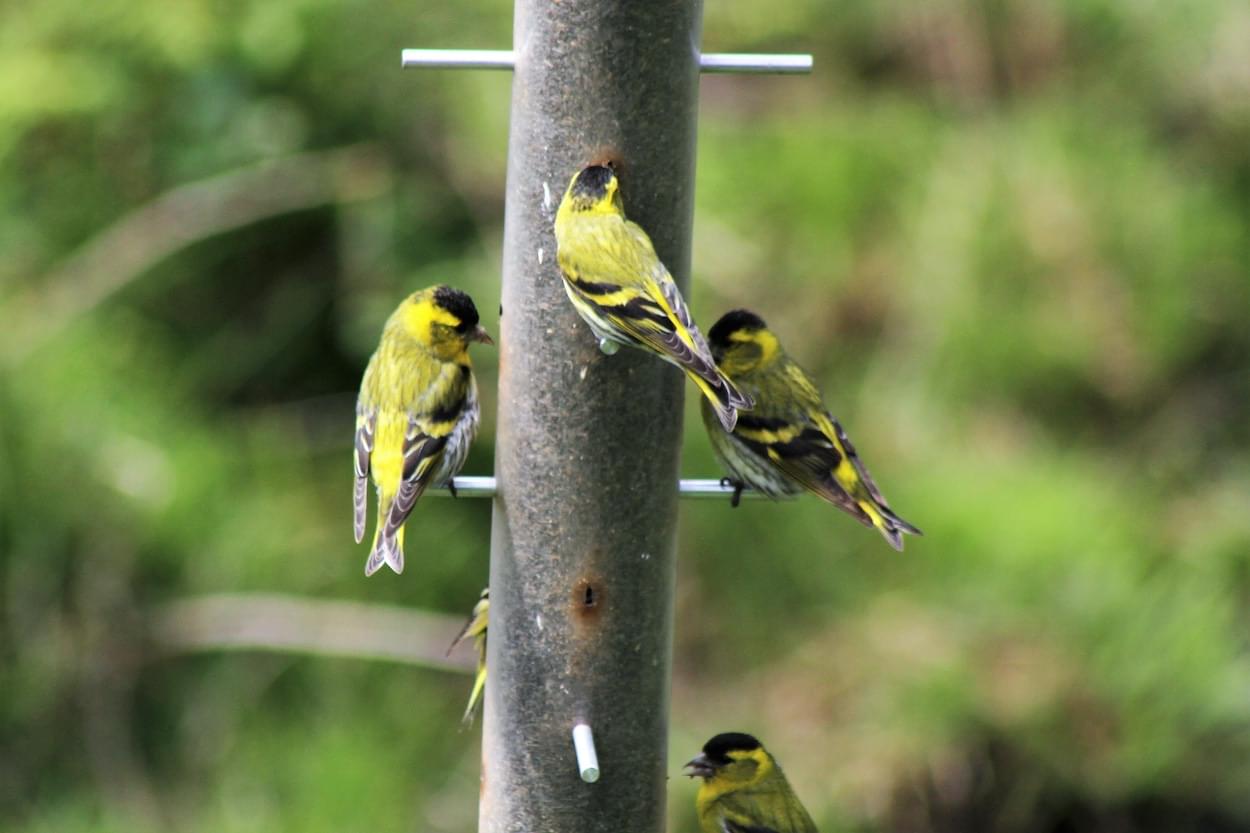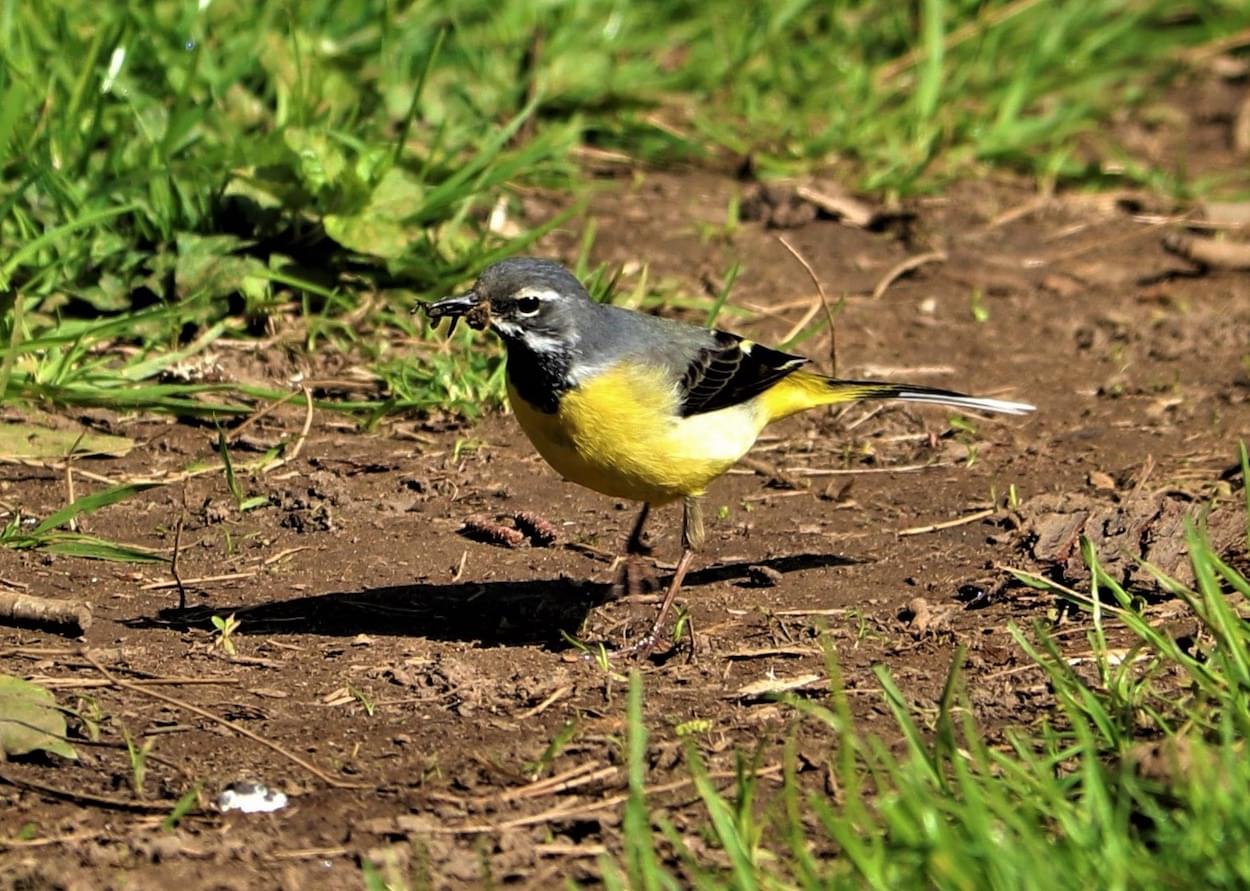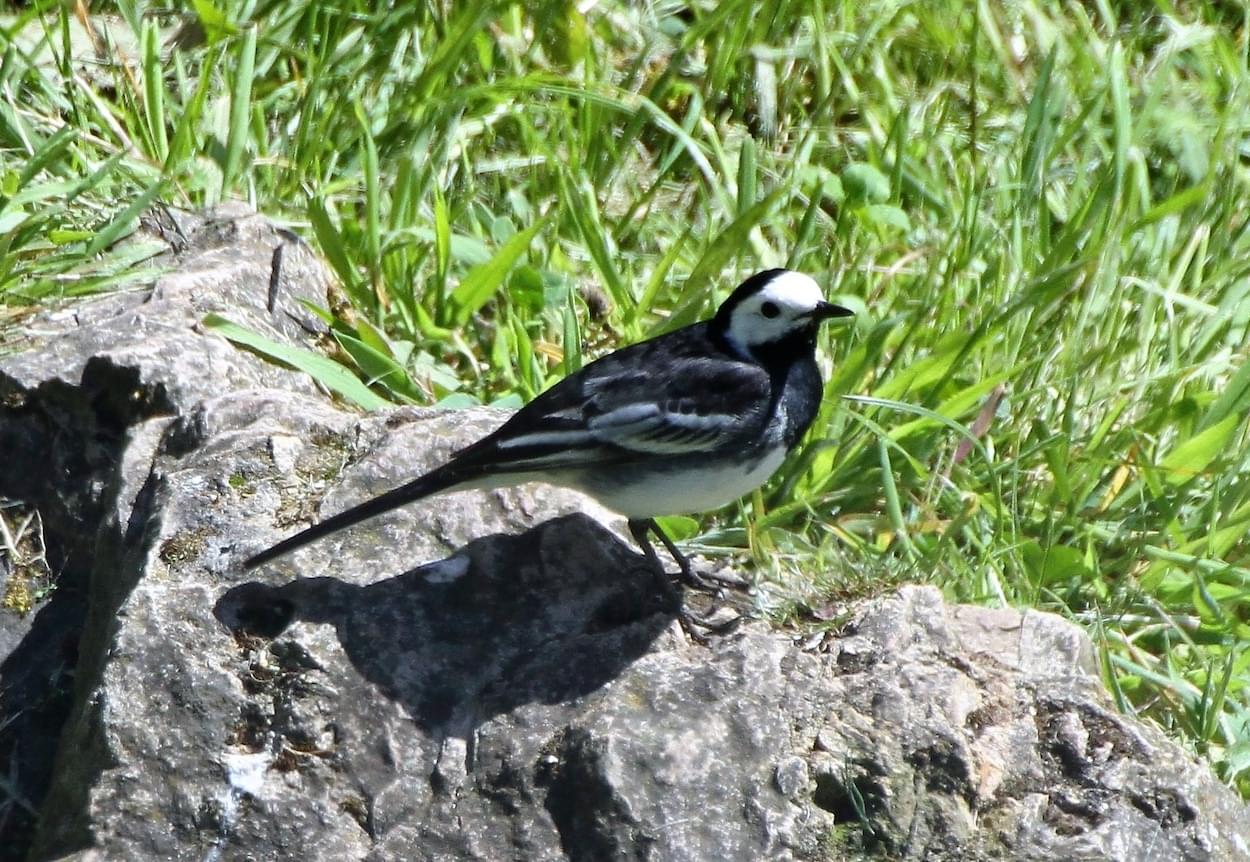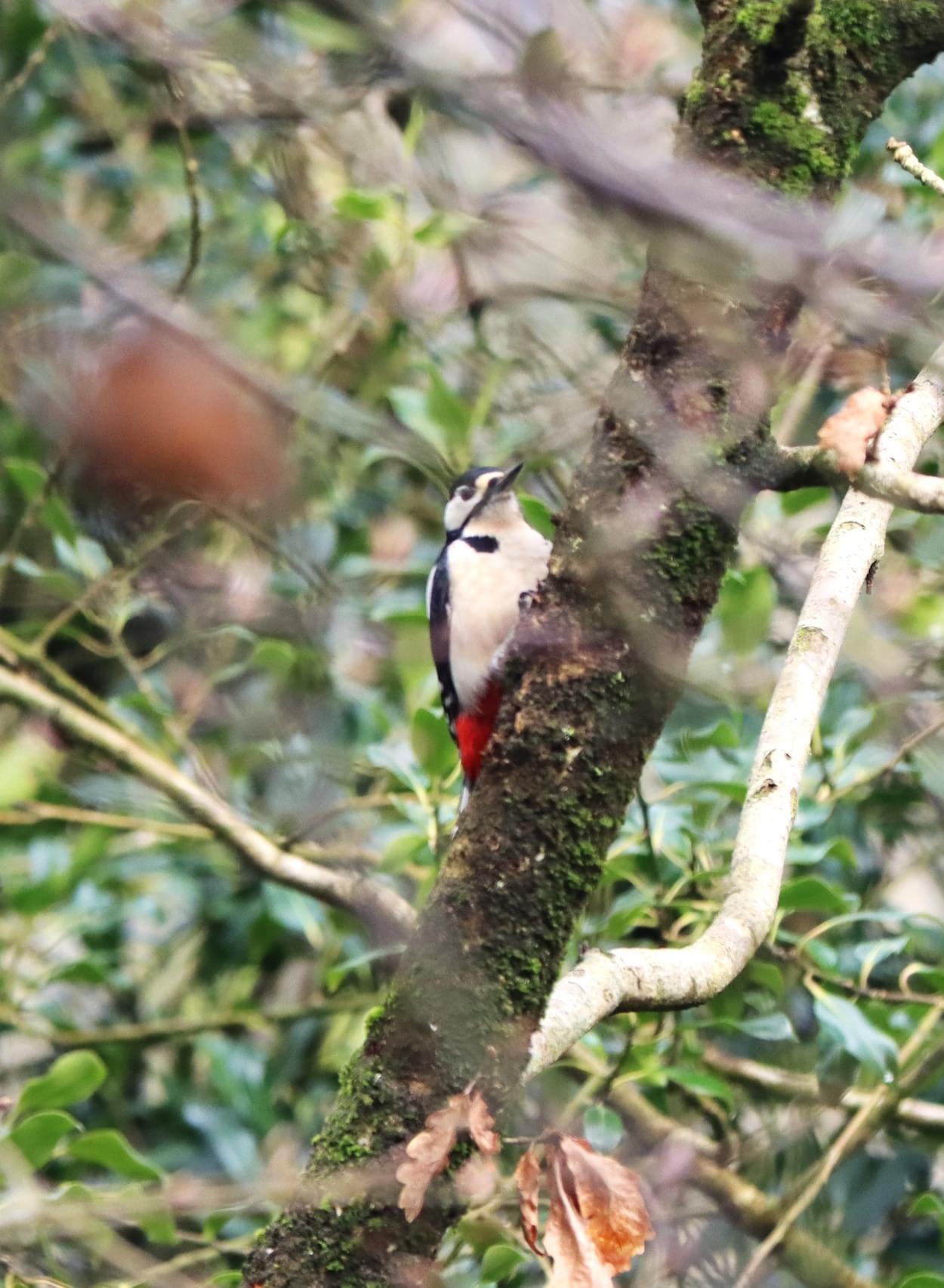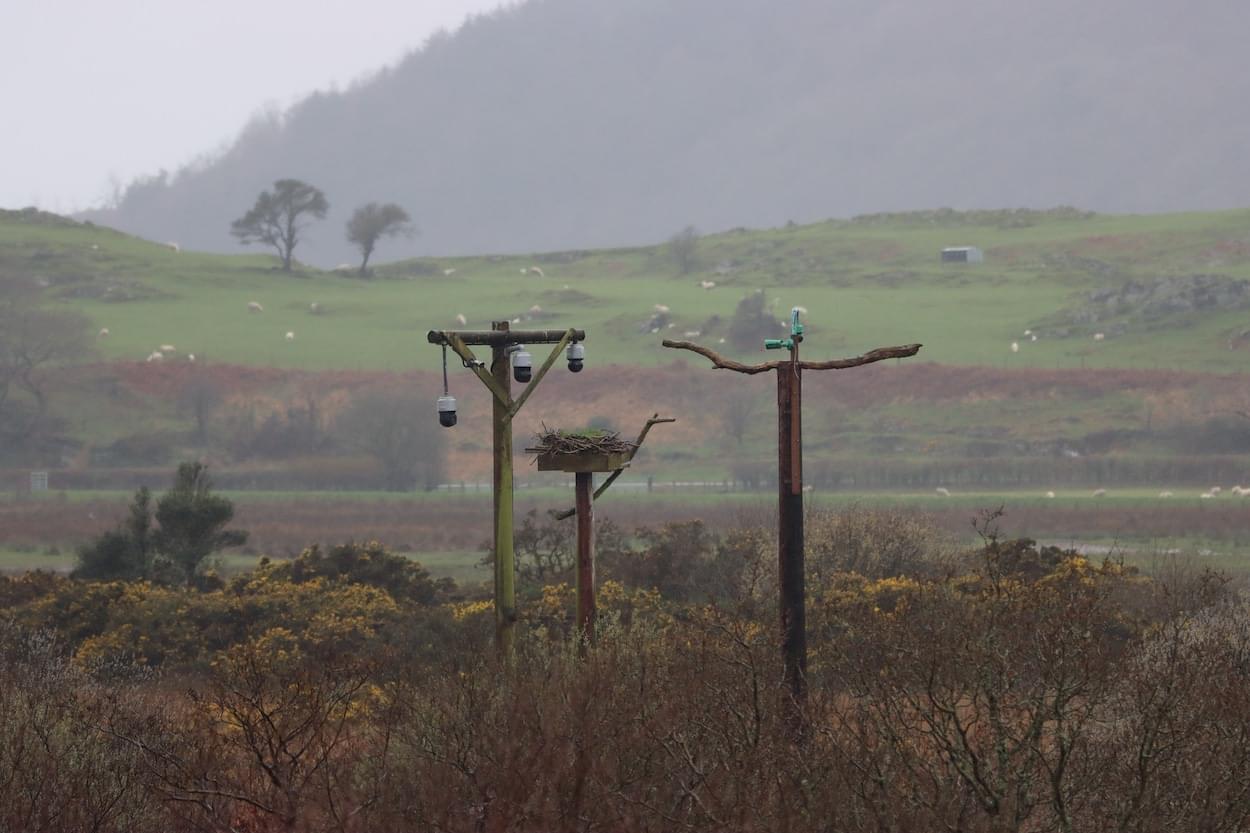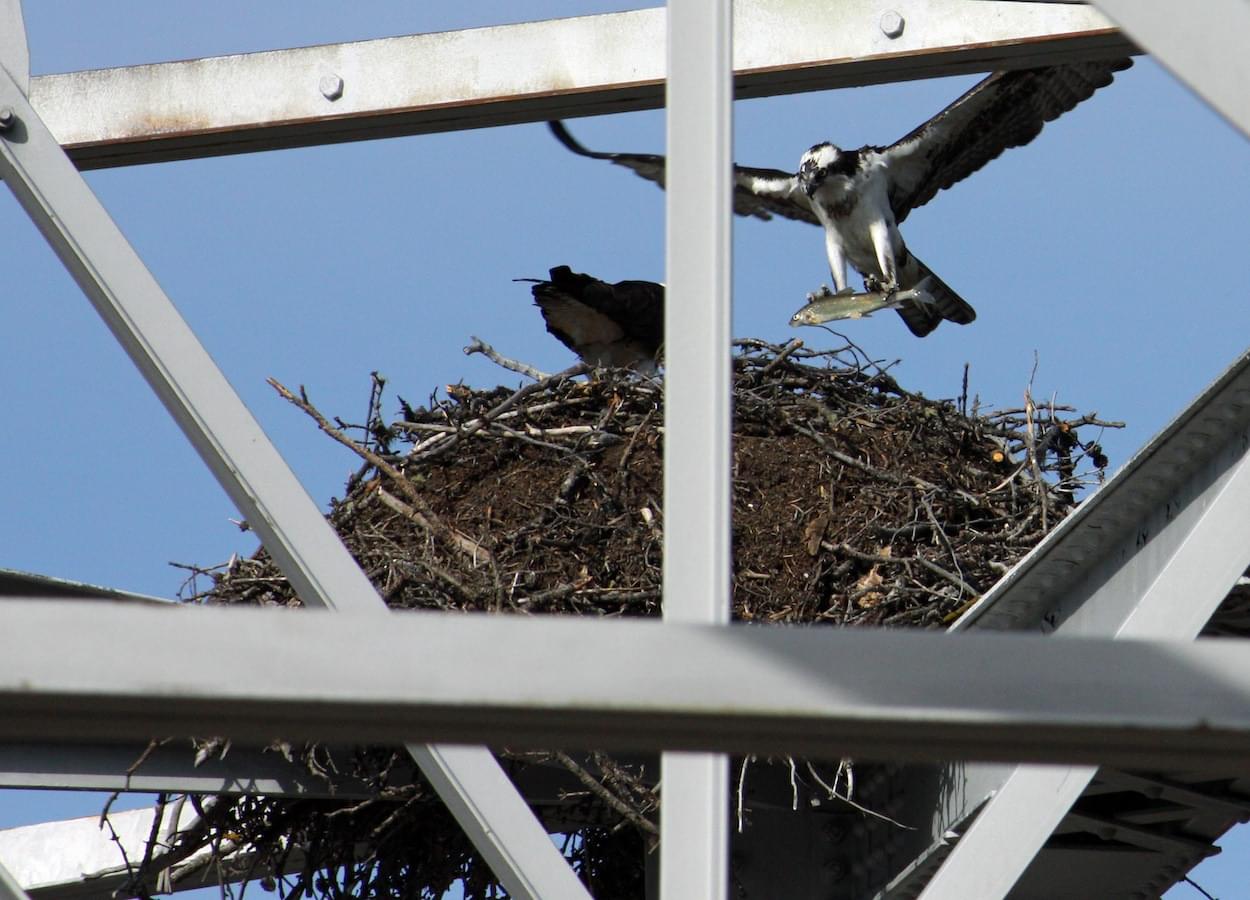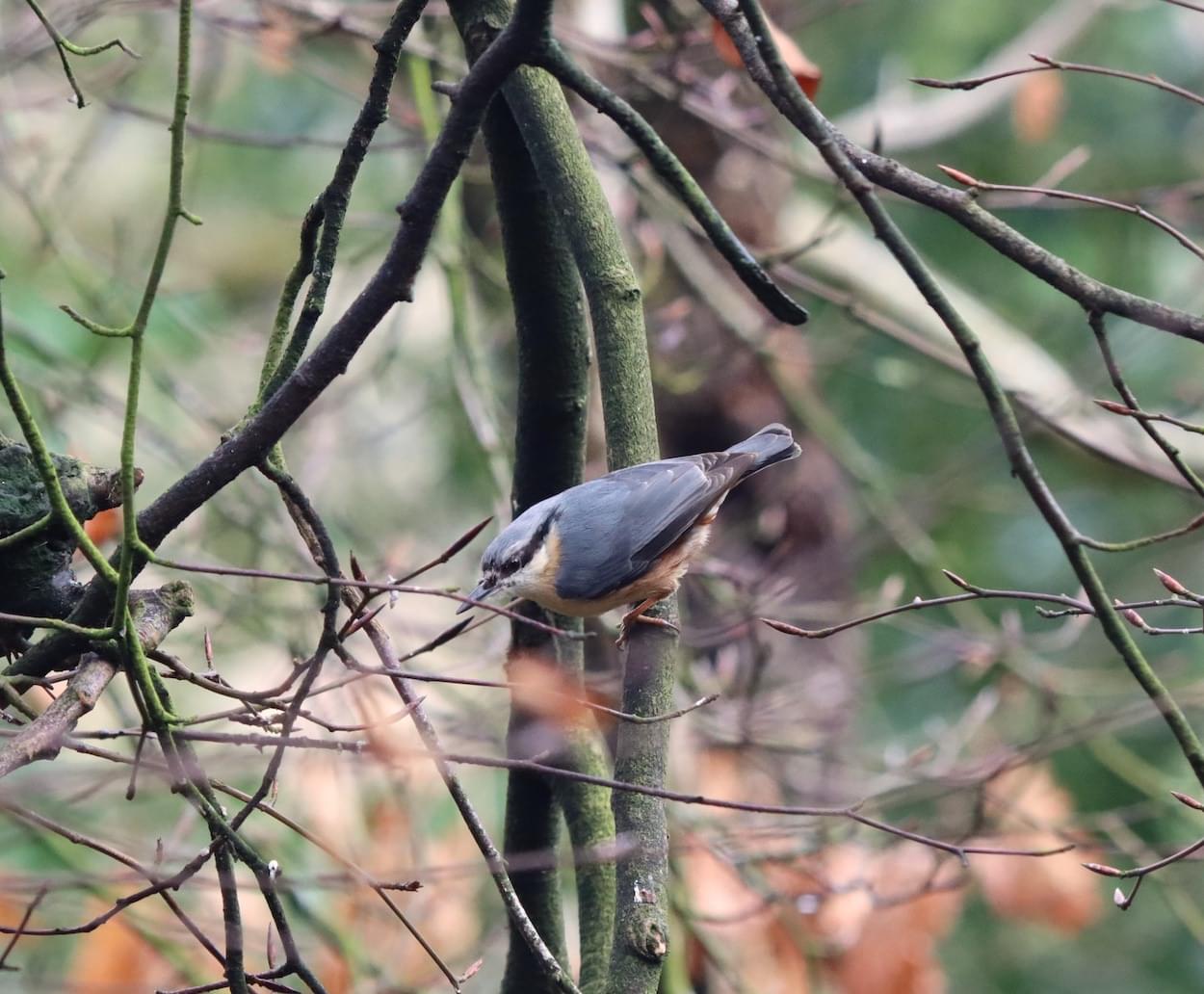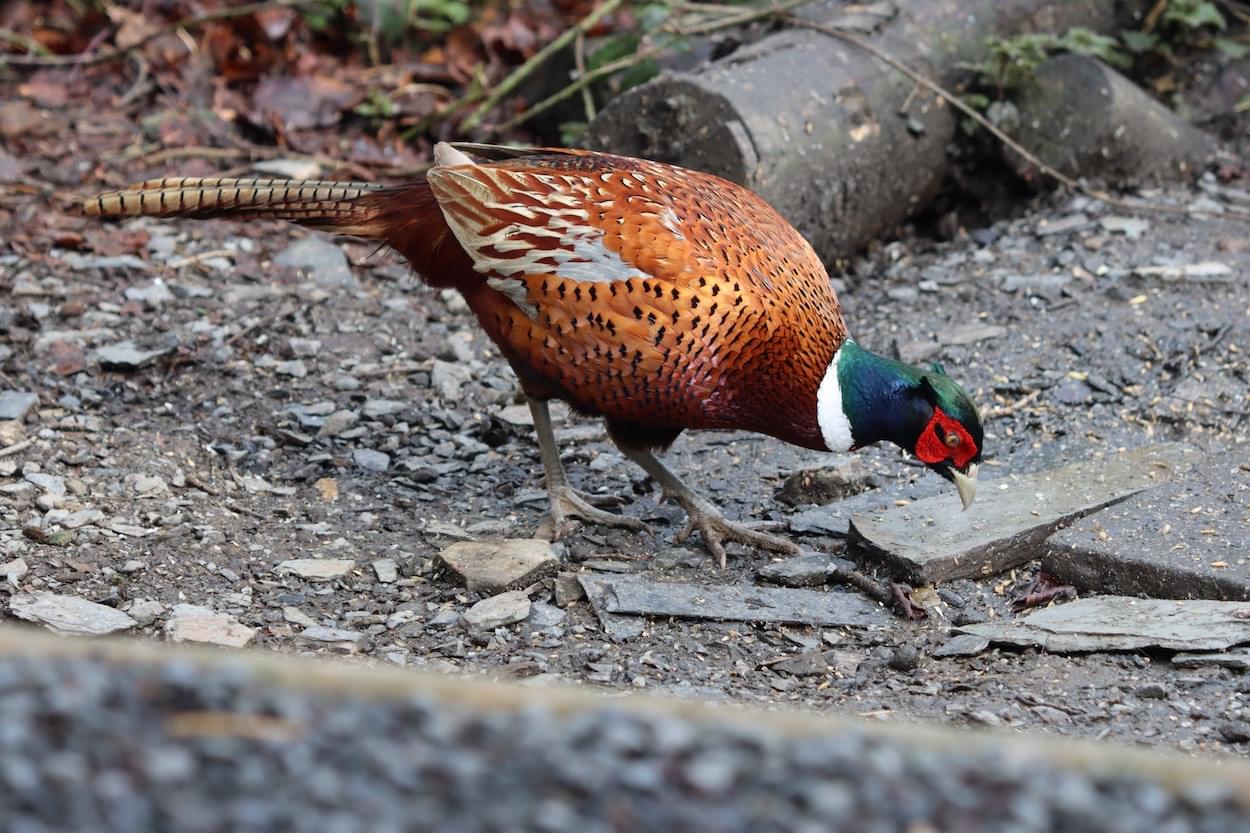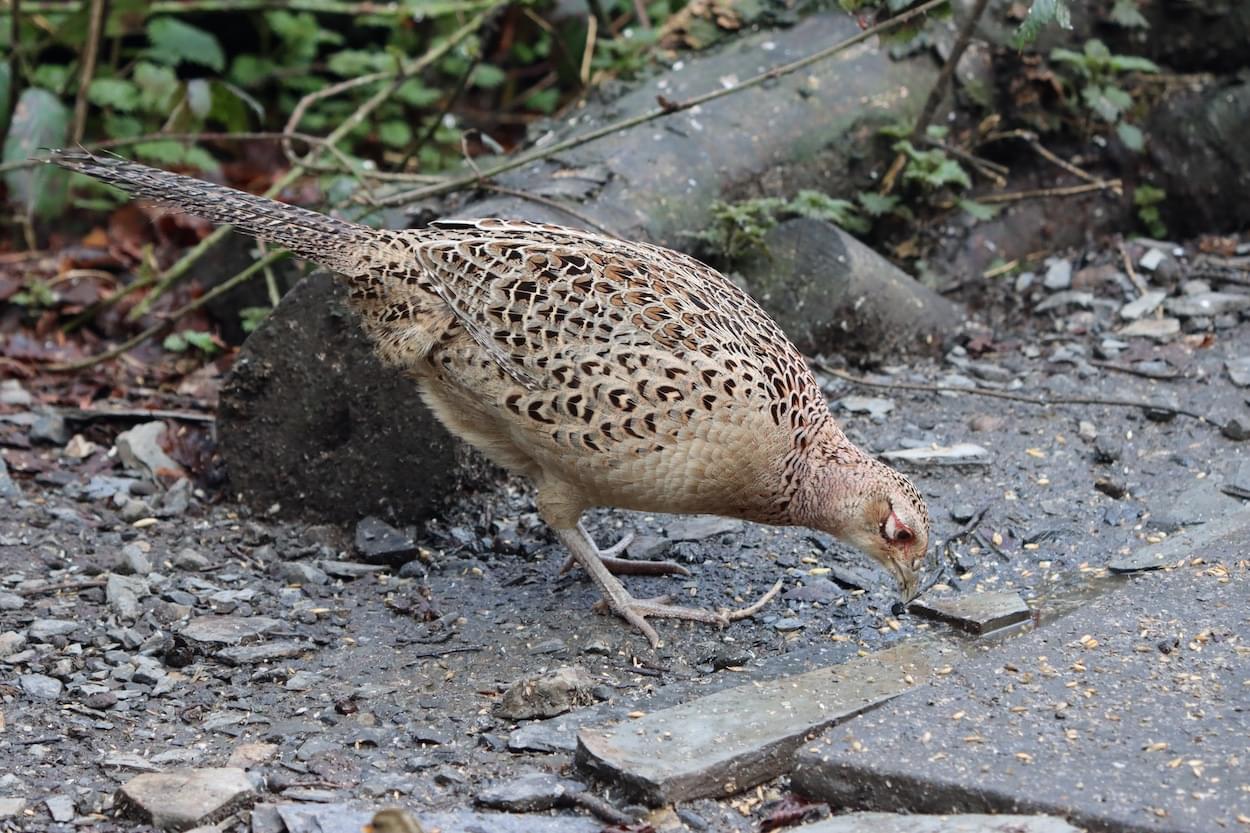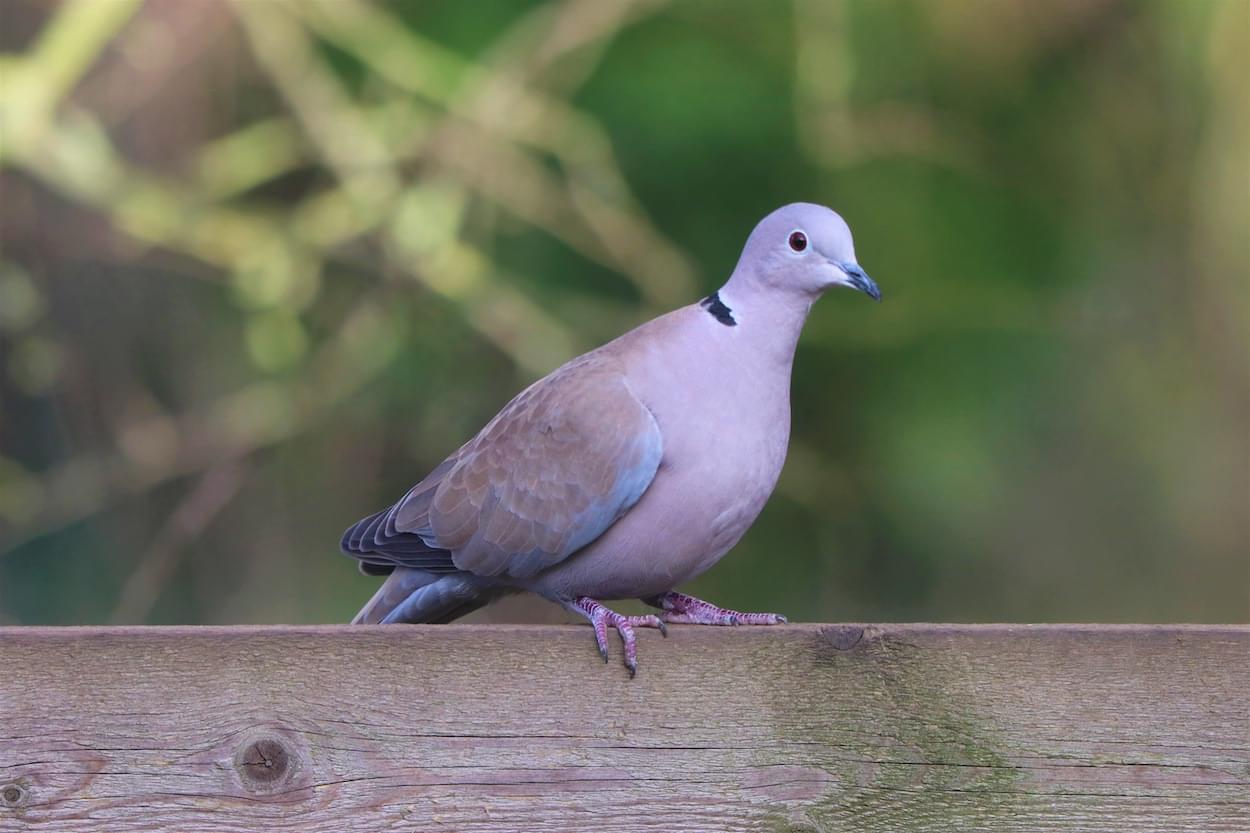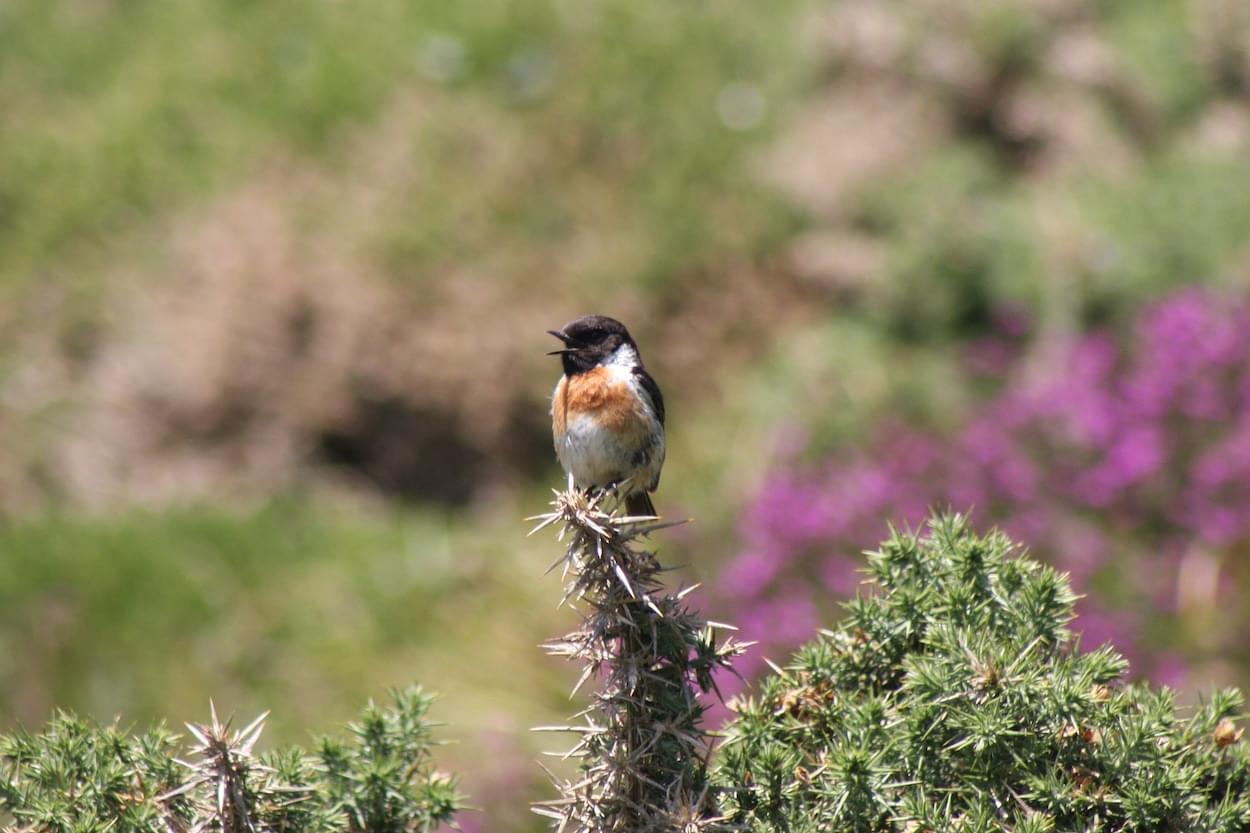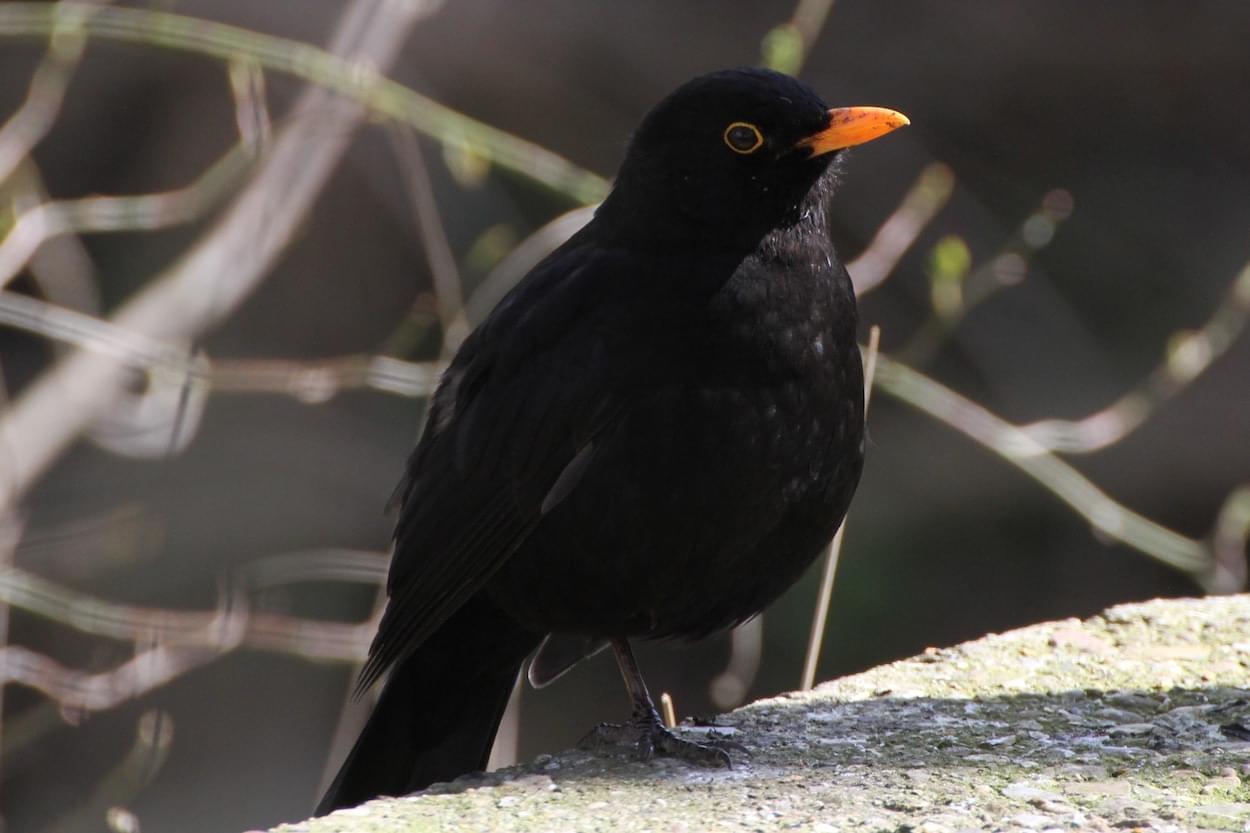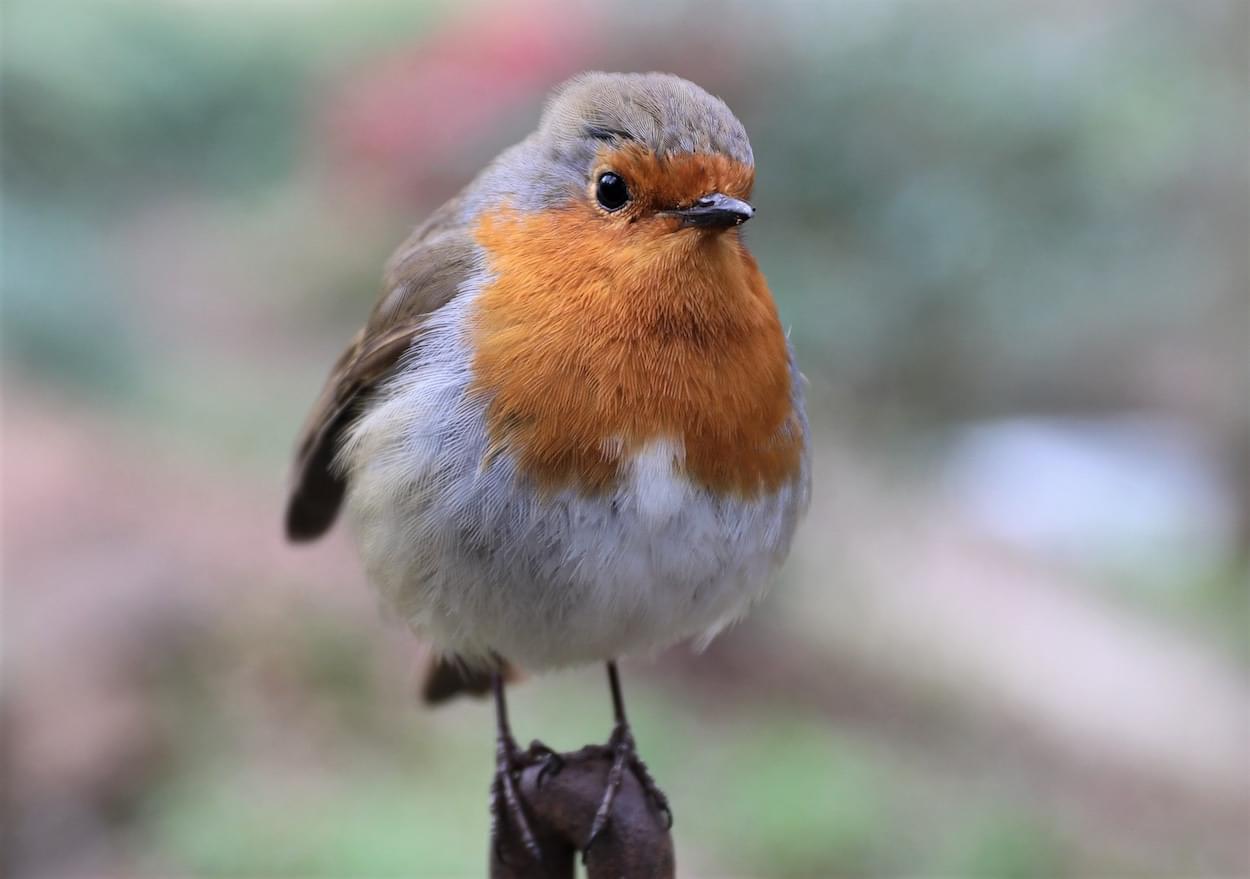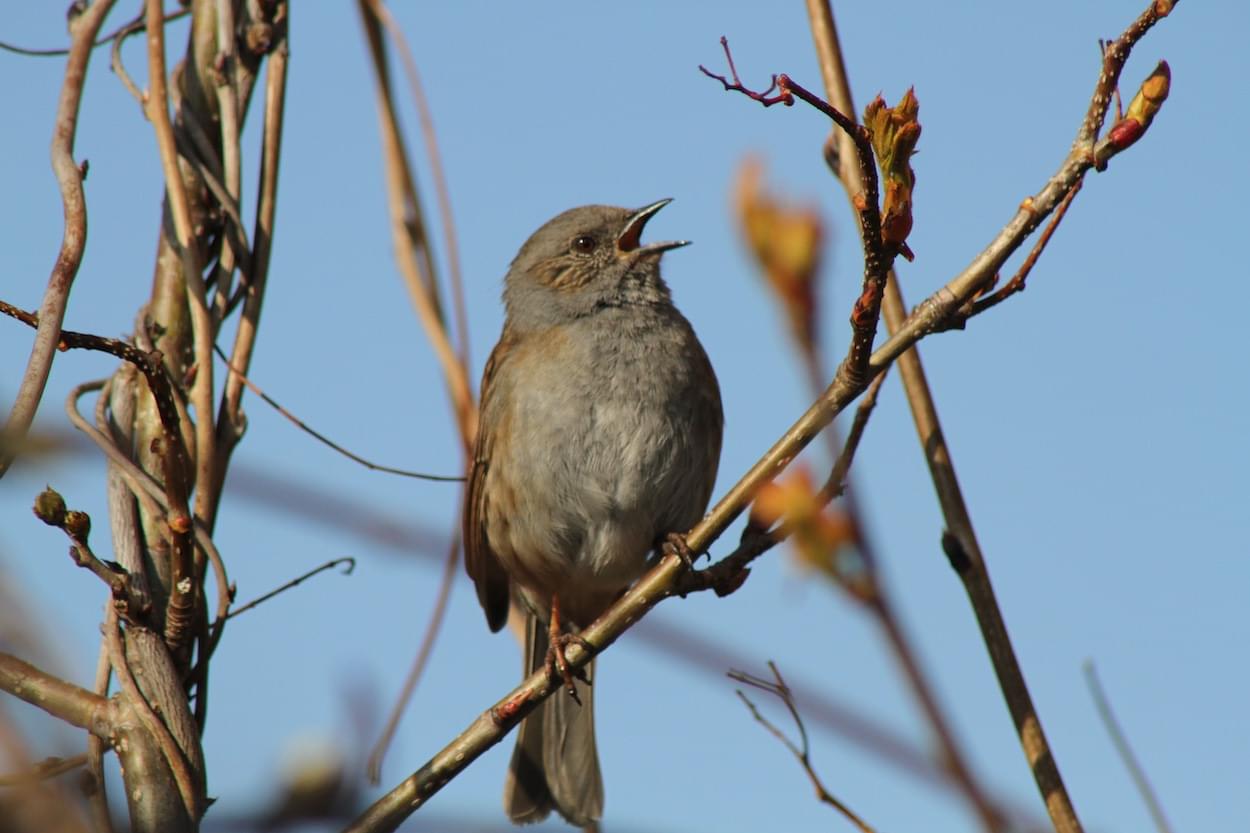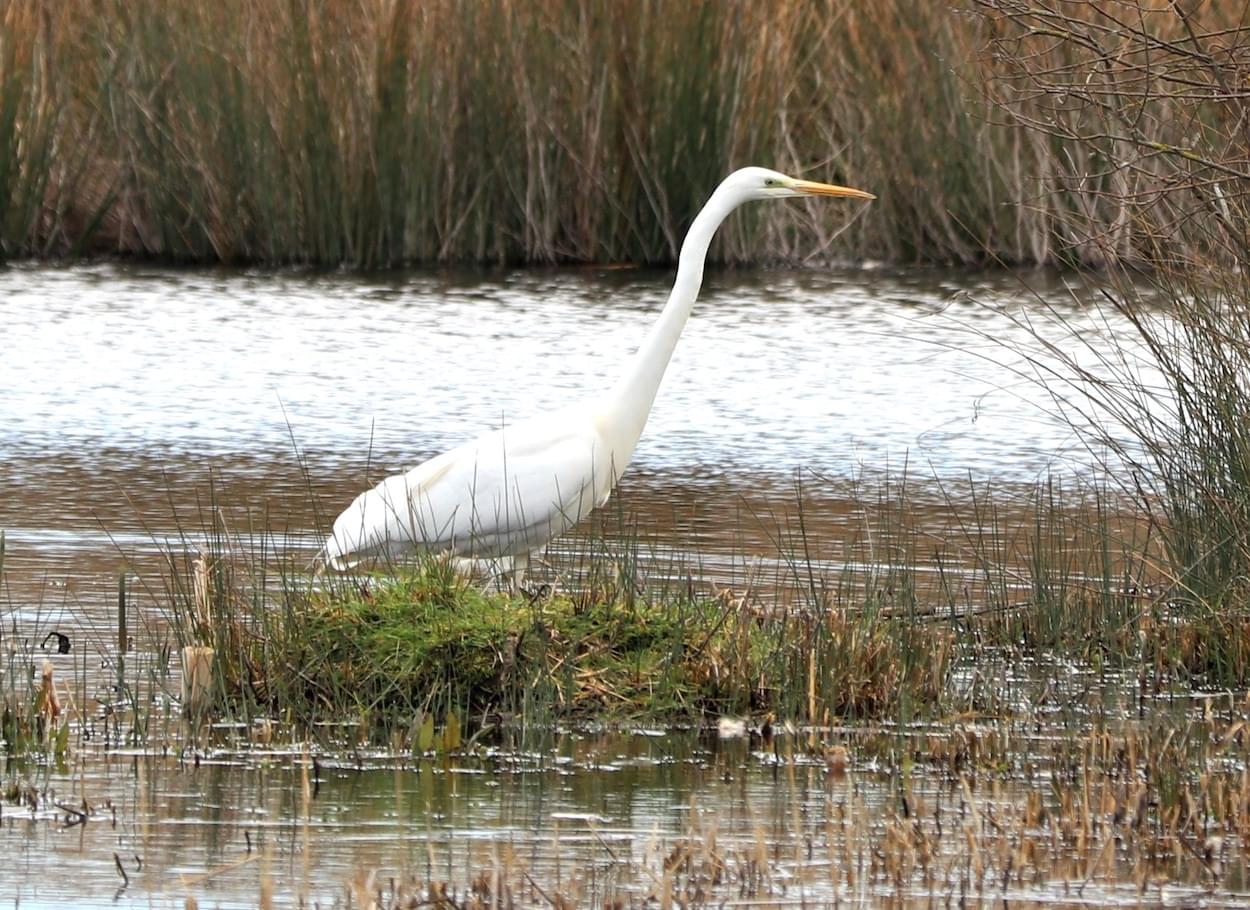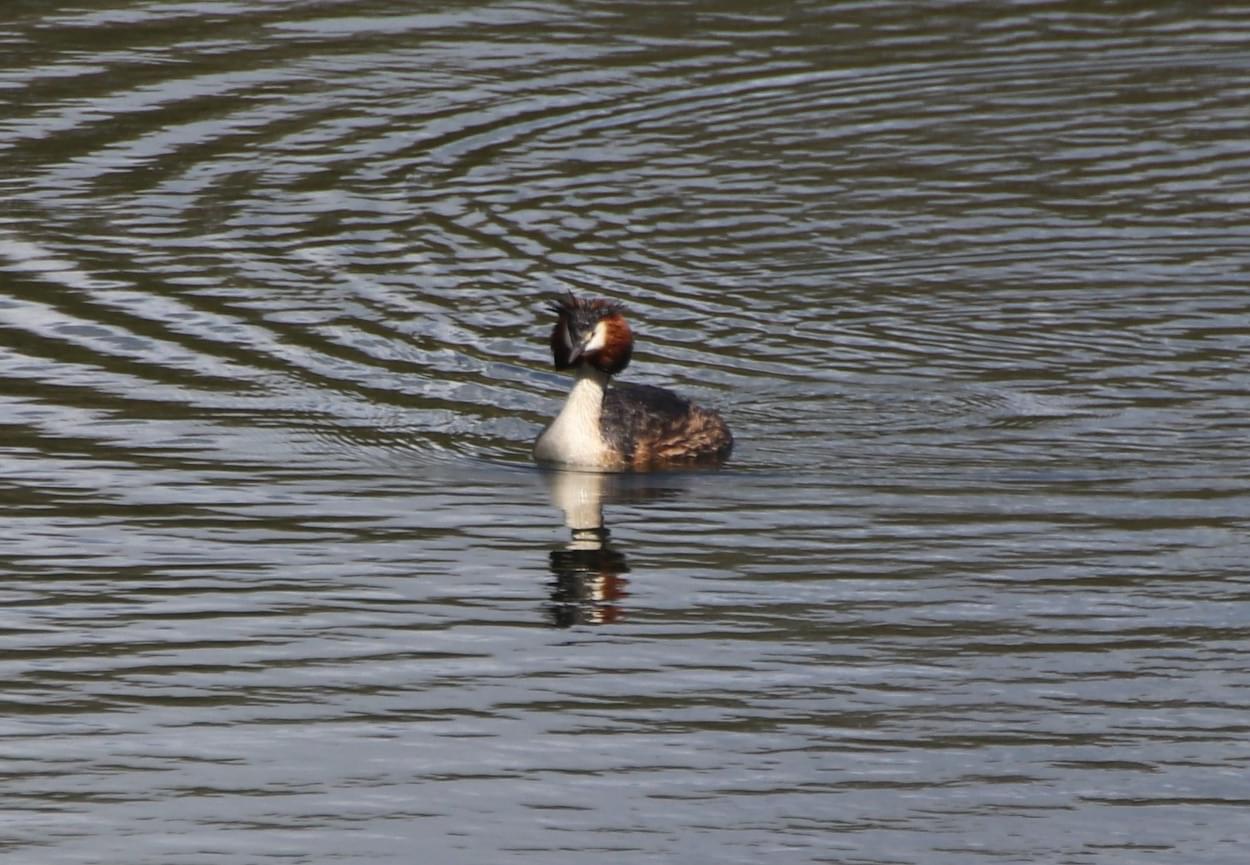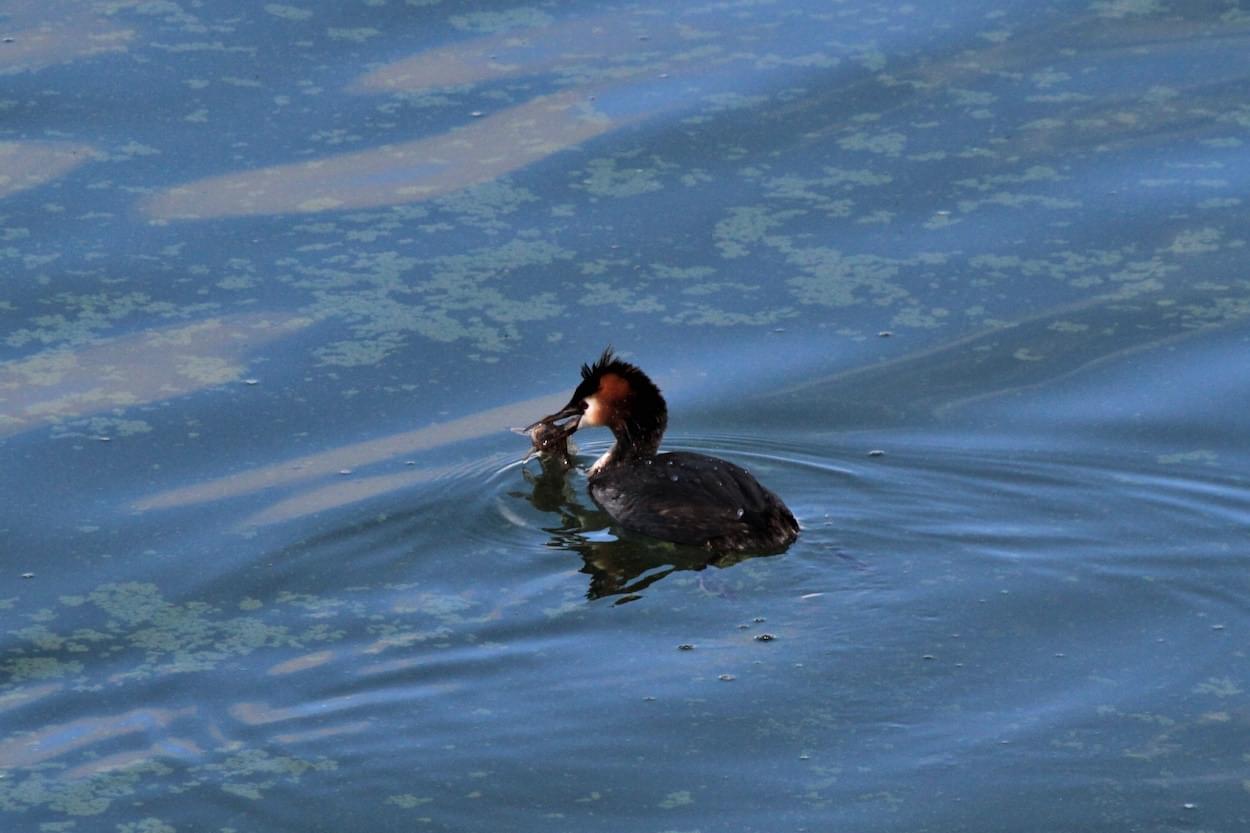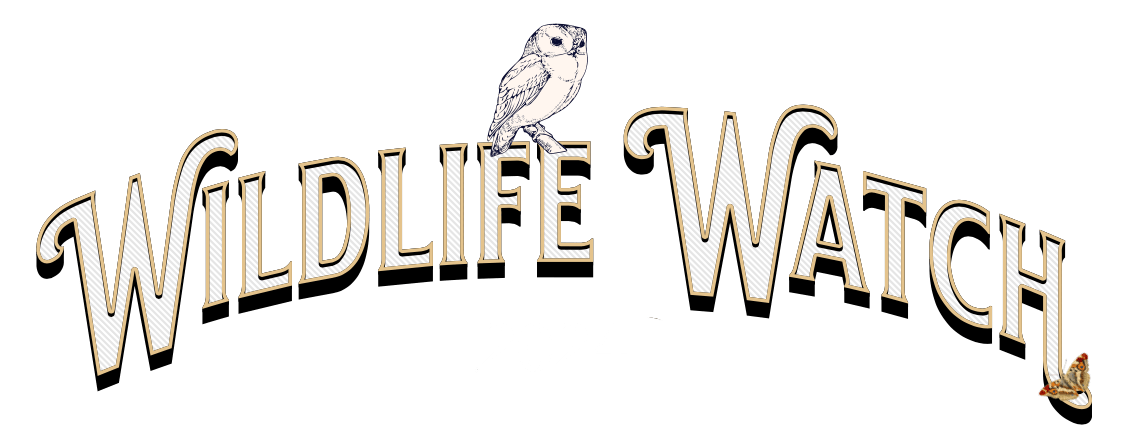
APRIL

BY DAVID CUMMINGS BEM
When will the rain stop!
The incessant rain and high winds of the last two months has caused enormous problems for us, and particularly for our farmers, both locally & nationally. As a consequence there have also been continuous challenges for our wildlife. Spring migration has occurred for some species and not others. The southerly direction of winds has brought many early warblers, and chiff chaff and willow warblers arrived in the parish two weeks ago as I write. I had a count of seven singing chiff chaff from the Pit, through the village and along the canal to Rowton, and two singing willow warblers at the Pit and another along the canal. These willow warblers are the first for several years, for a species that was very common in the village in the 1970’s. Many friends have told me that they have seen black caps in their gardens, together with several sightings of redpoll, siskin and greenfinch. Greenfinches have a very distinctive call, almost like a dull wheeze, and it is a delight to see and hear them in and around the parish. I think we can say that they have now made a come back after almost disappearing from the area, ten years or so ago. I heard a very noisy nuthatch near the High School on Sunday, a bird with a really high pitched and continuous call. These are the small (starling sized) colourful birds with a long beak, that can climb up and down tree trunks with ease. I have also recorded several goldcrest in the churchyard recently. The goldcrest is our most secretive and diminutive bird, with a distinctive orange flash on their heads. They hardly make any sound, compared to the noise made by similar sized wrens.
Gardens are now full of birds wanting to start nest building, but battling the weather. House sparrows are constantly bringing feathers into our garden and lining their nest boxes. Three robins are constantly battling for territory, and blackbirds and starlings have been seen with nest building materials. Dunnocks or hedge sparrows have been regularly to our feeders, despite the fact that they have always been regarded as ground feeders, and picking up food dropped by other birds. Their feeding habits are clearly adapting and changing. There are still reports of a number of great spotted woodpeckers feeding in local gardens. They can be very secretive and appear silently from behind trees and hedgerows, but they can also be very loud, and this time of the year you are almost certainly going to hear them drumming, probably finding a new, or expanding an old nest hole. I’ve had good sightings of both grey and pied wagtails this month, both species were in excellent plumage as can be seen in the accompanying images. Travelling down to Walk Mill last week, we saw several collared doves and a kestrel sitting on telegraph wires, and also a kestrel hovering over field near Stamford Bridge. The Gowy Meadows seem to be attracting a number of good species at present. I told you a month or so ago, about seeing an estimated 3000 Icelandic pink foot there. Since then I’ve seen a barn owl, and last week a red kite was flying over the area. Another interesting sighting, but on the other side of the city were two great white egrets on a farm pond.
In late March, we travelled to Aberystwyth for a few days break, and stopped at the Dyfi Osprey project site. The ospreys were not yet on station after their migration from Africa, but a check on their website earlier this week, showed that the familiar pair, were back after their long journeys. Extraordinary, that the staff working there can almost forecast the day of arrival. What was more interesting for me this year, is that the first two birds back were the regular female Telyn (2018), on March 25th, back for her seventh season, and an osprey from a site in the Lake District. Idris the current male bird (2020) arrived back on 30th March. Clearly birds from this country are flying to the same areas in Africa, in the Gambia, Senegal and Guinea Bissau. The Dyfi site is managed by the Montgomeryshire Wildlife Trust, and the reserve is well worth visiting. The best sighting there on this occasion was a delightful water rail, feeding underneath the centre’s bird feeders, just ten feet from the café window. Whilst mentioning close up views, the picture of the osprey bringing food to its partner on the nest, was taken in Canada near Lake Louise just off the main road, on a railway bridge.
-
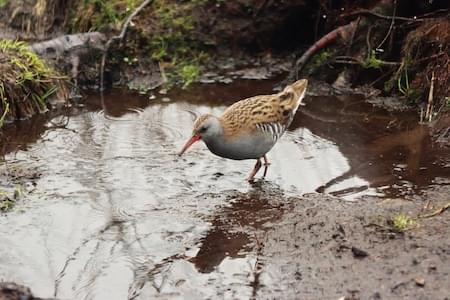
Water Rail
-
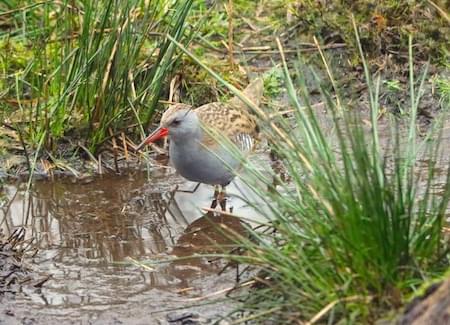
Water Rail
-
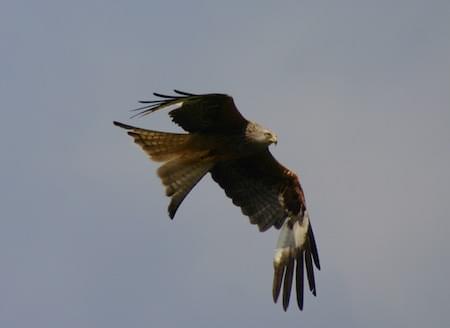
Red Kite
-
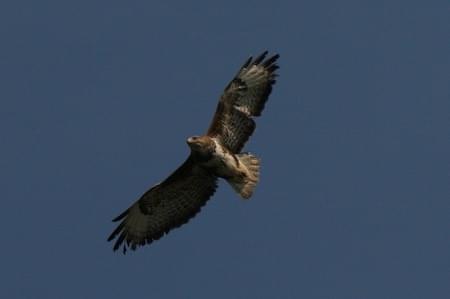
Buzzard
-
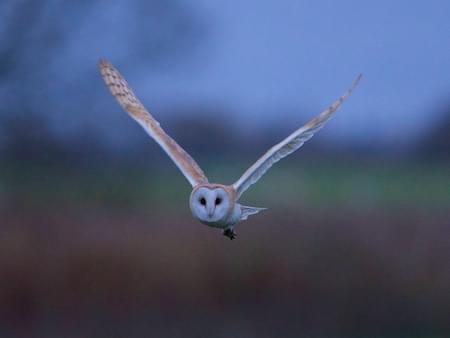
Barn Owl at Hockenhill
-
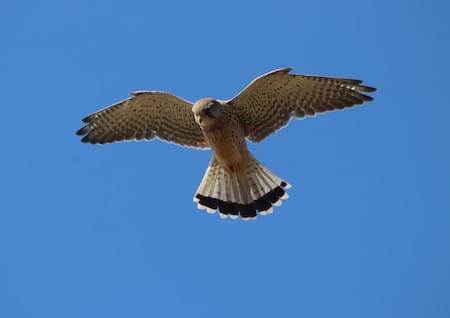
Kestrel
-
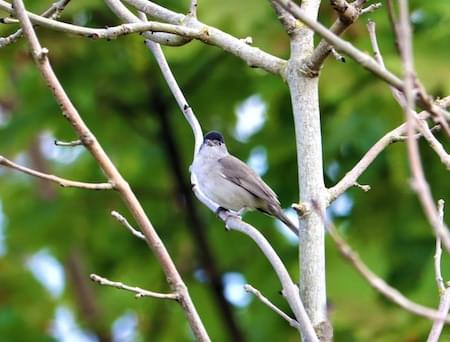
Blackcap
-
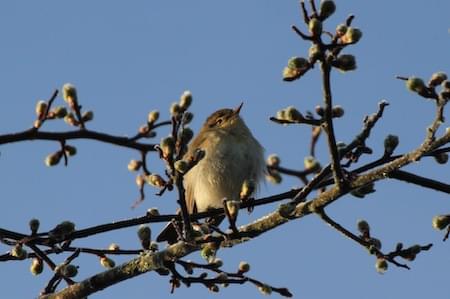
Chiff Chaff
-
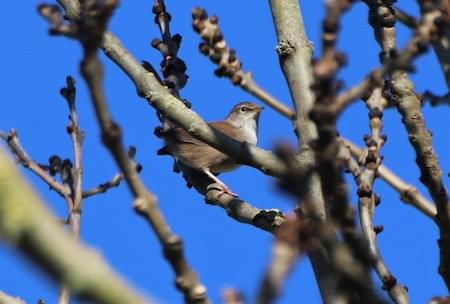
Cettis Warbler
-
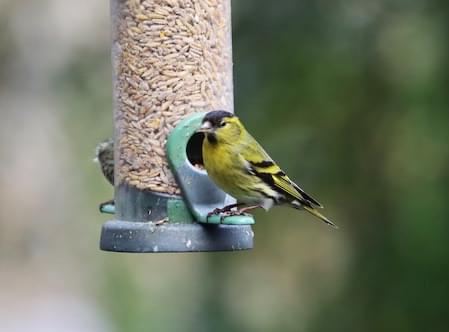
Siskin
-
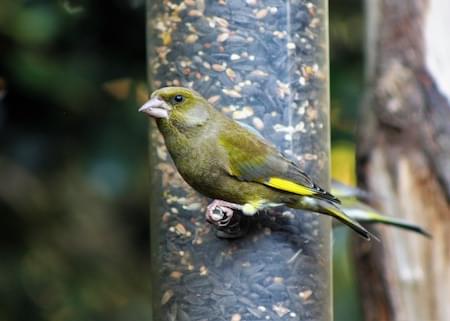
Greenfinch
-
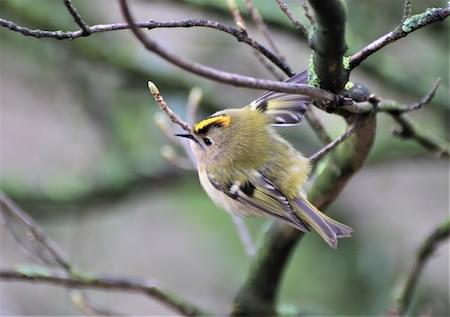
Goldcrest
-
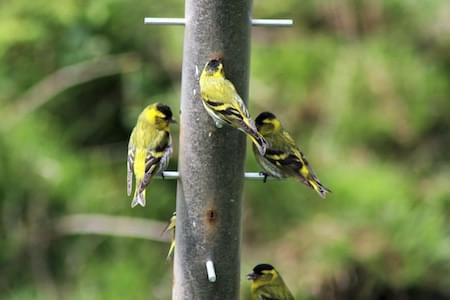
Siskin feeders
-
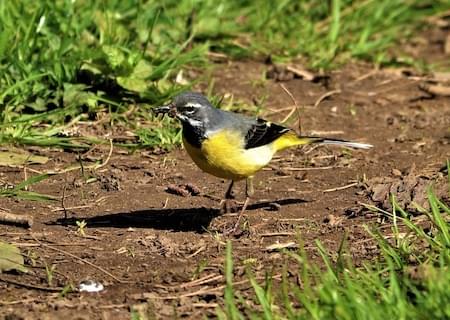
Grey Wagtail
-
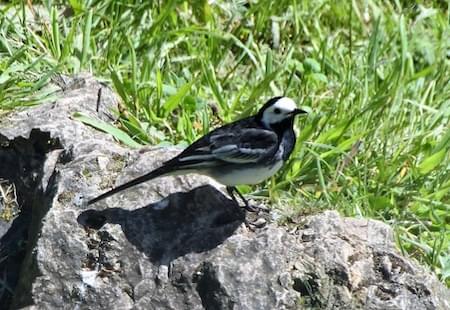
Pied Wagtail
-
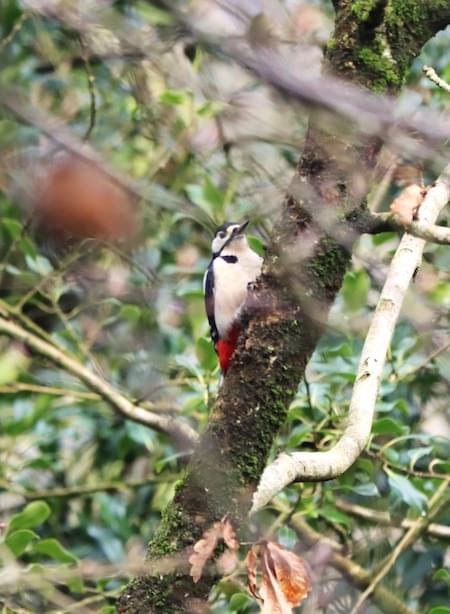
Woodpecker
-
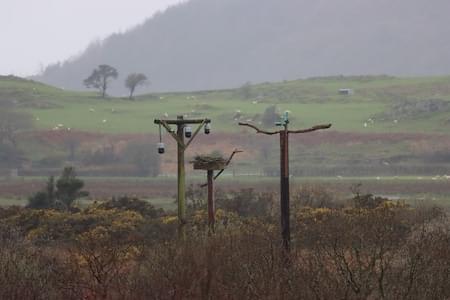
Osprey nest at Dyfi
-
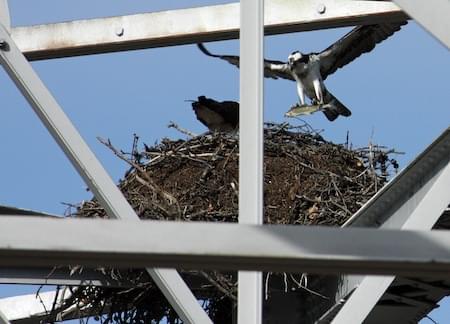
Osprey brining fish
-
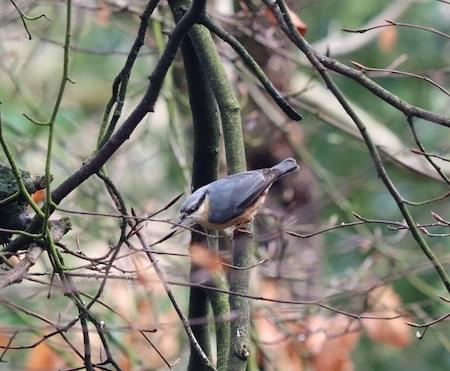
Nuthatch
-
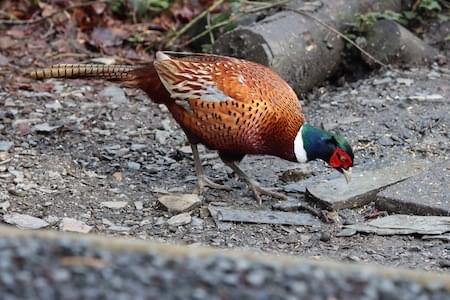
Pheasant - male
-
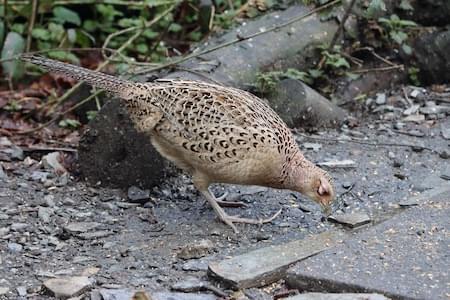
Pheasant - female
-
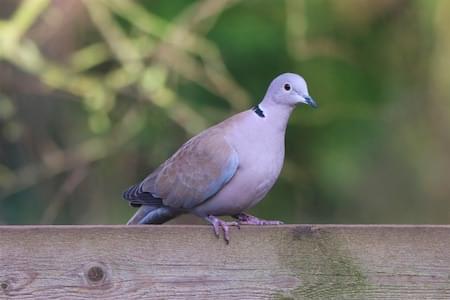
Collared Dove
-
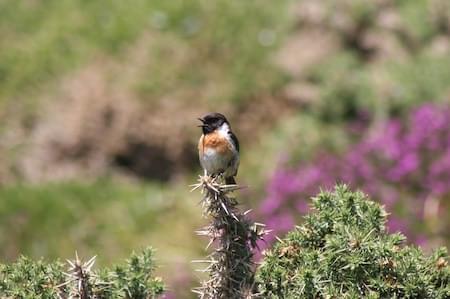
Stonechat
-
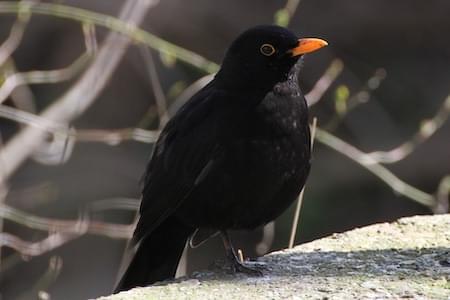
Blackbird - male
-
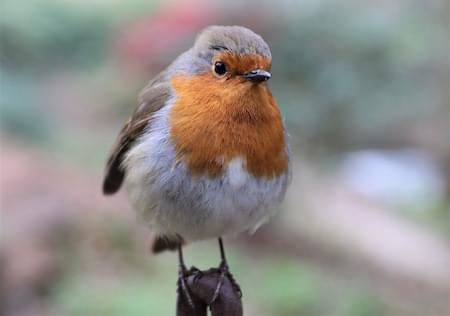
Robin
-
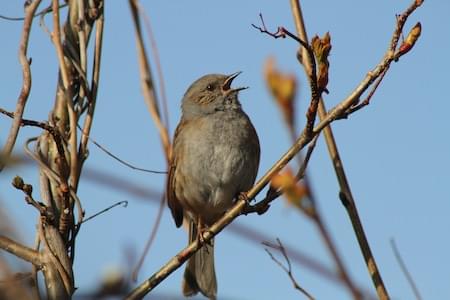
Dunnock singing
-
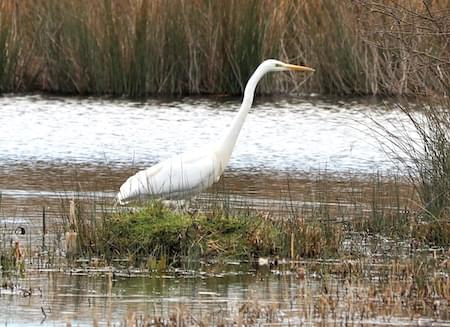
Great White Egret
-
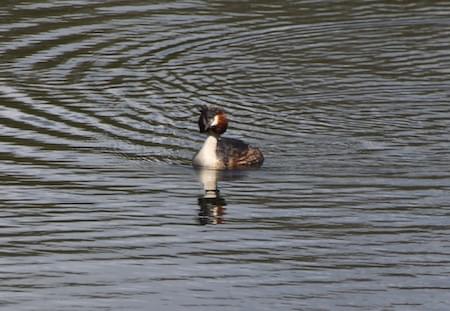
Great Crested Grebe
-
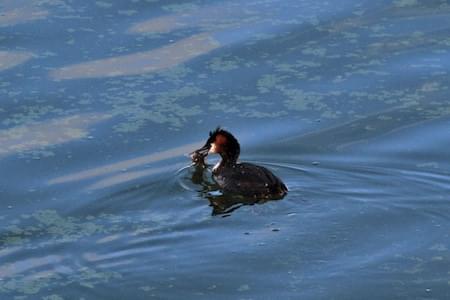
Great Crested Grebe fishing
